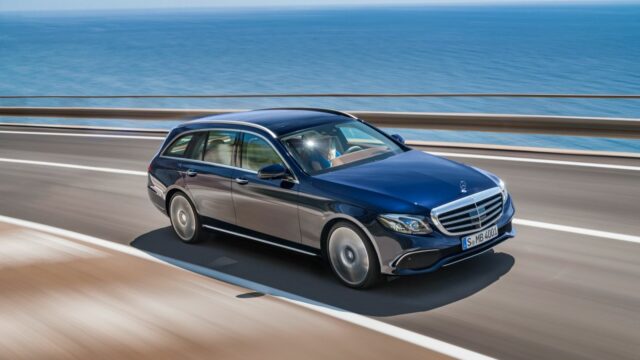Mercedes-Benz has released the second body style of the all-new E-Class, the practical and versatile Estate

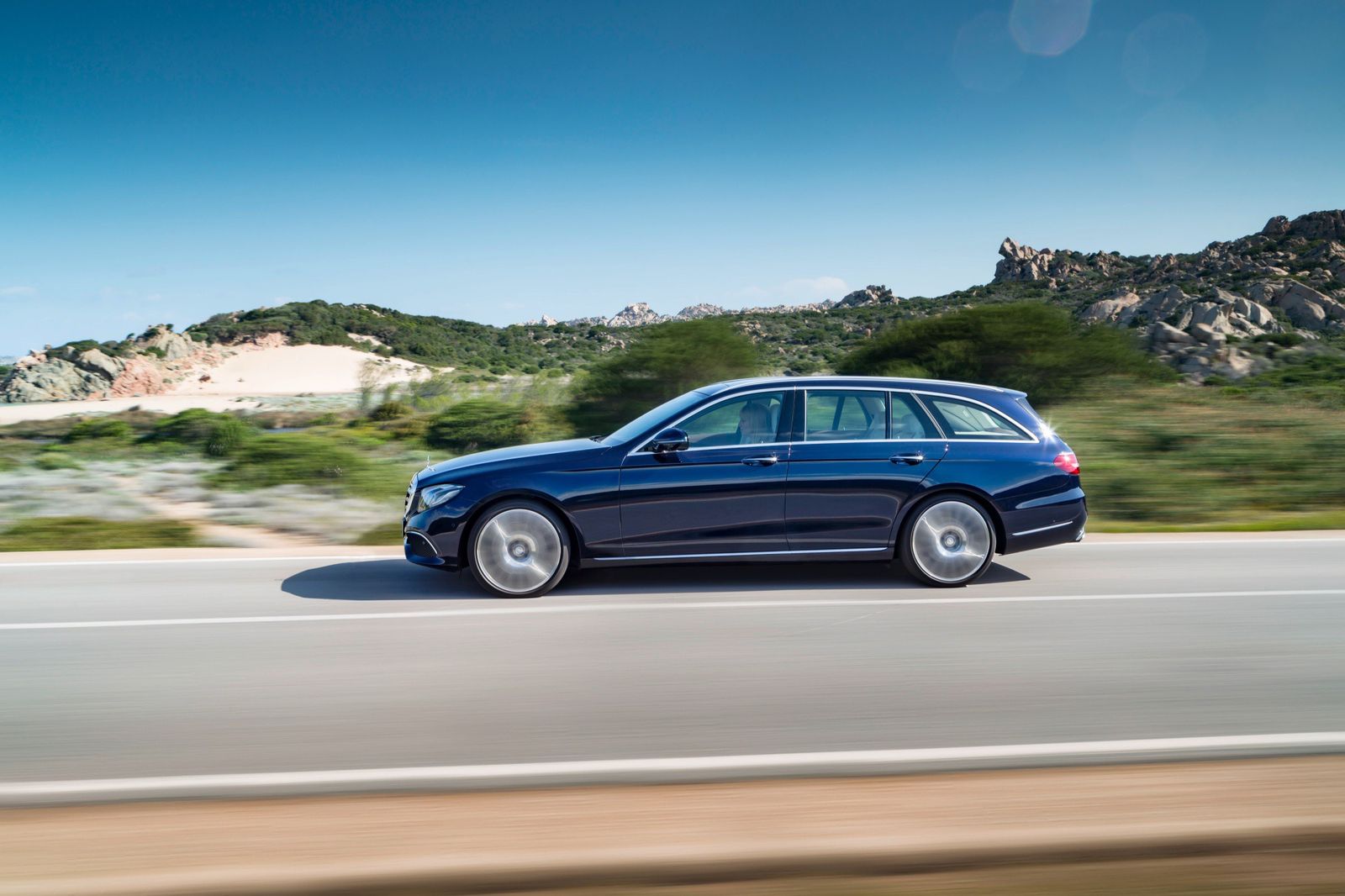
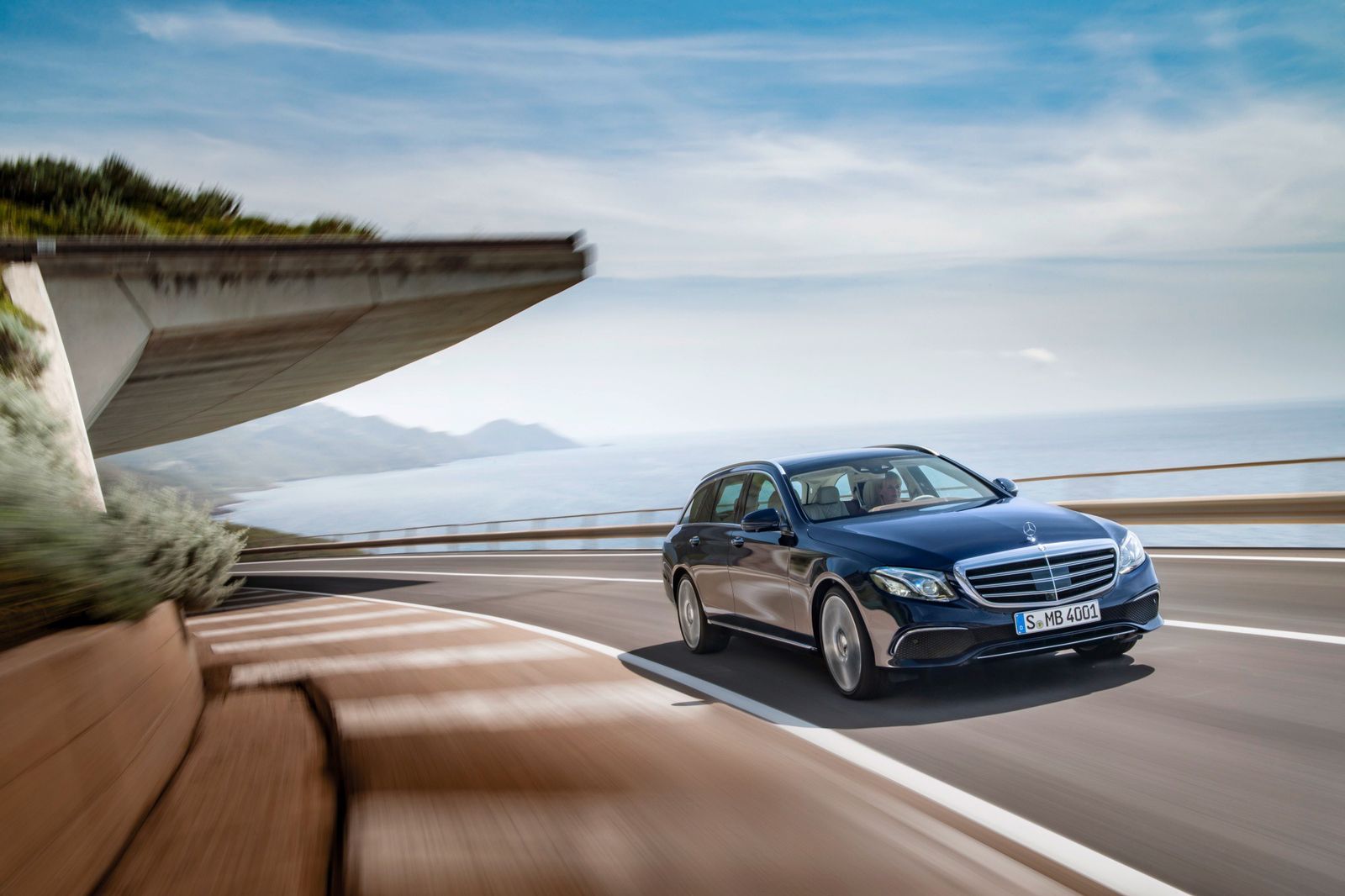
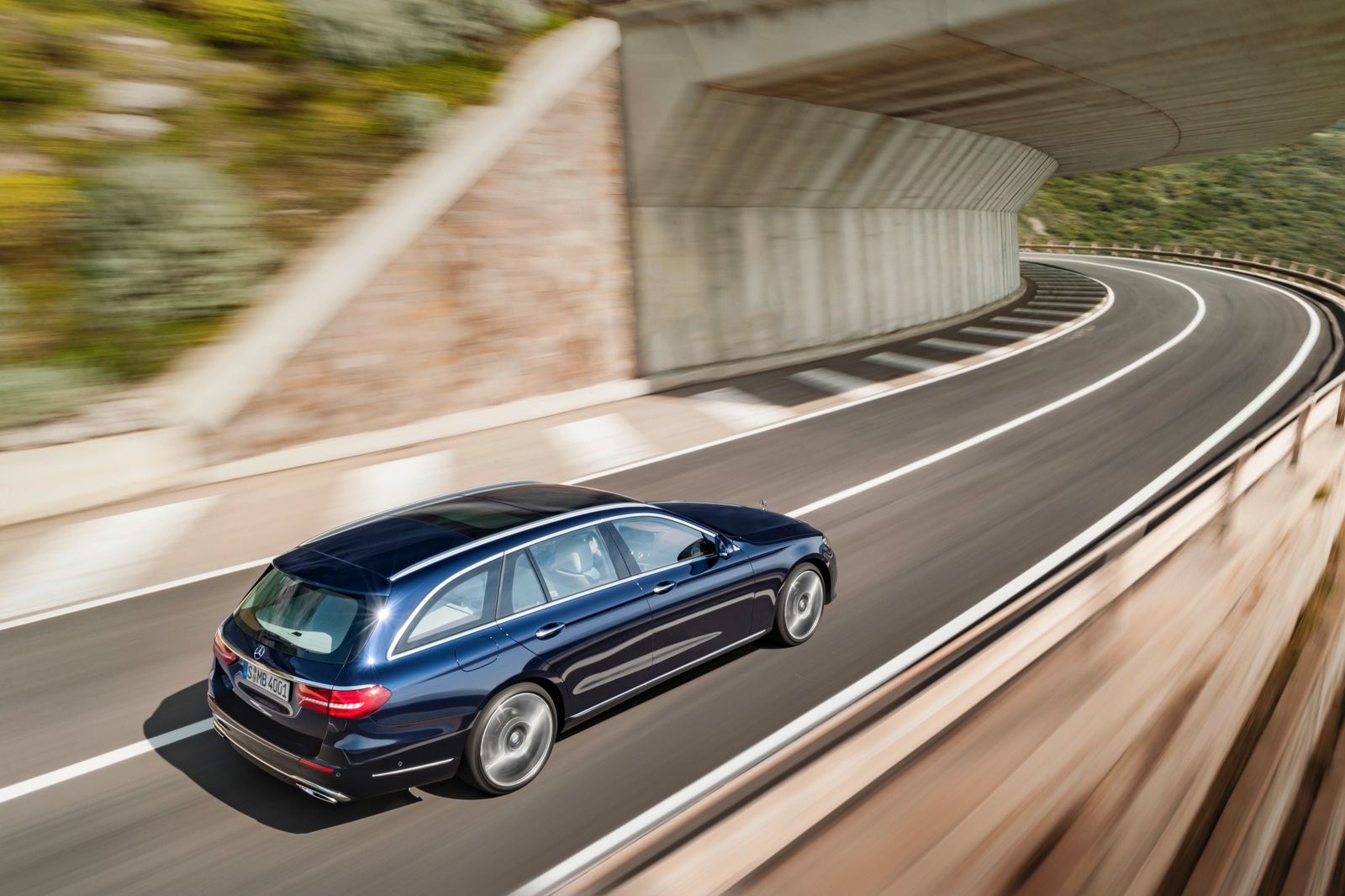
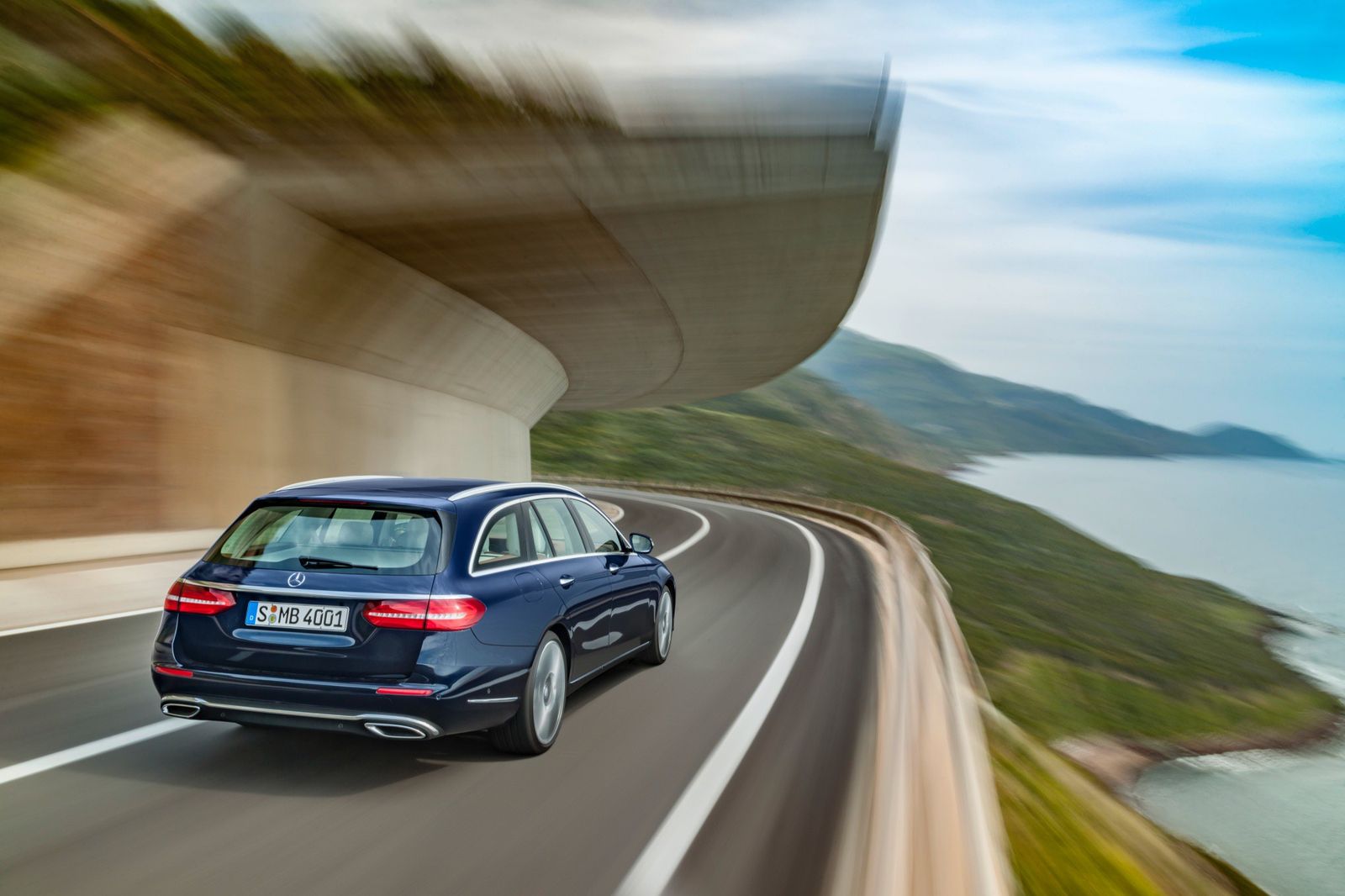
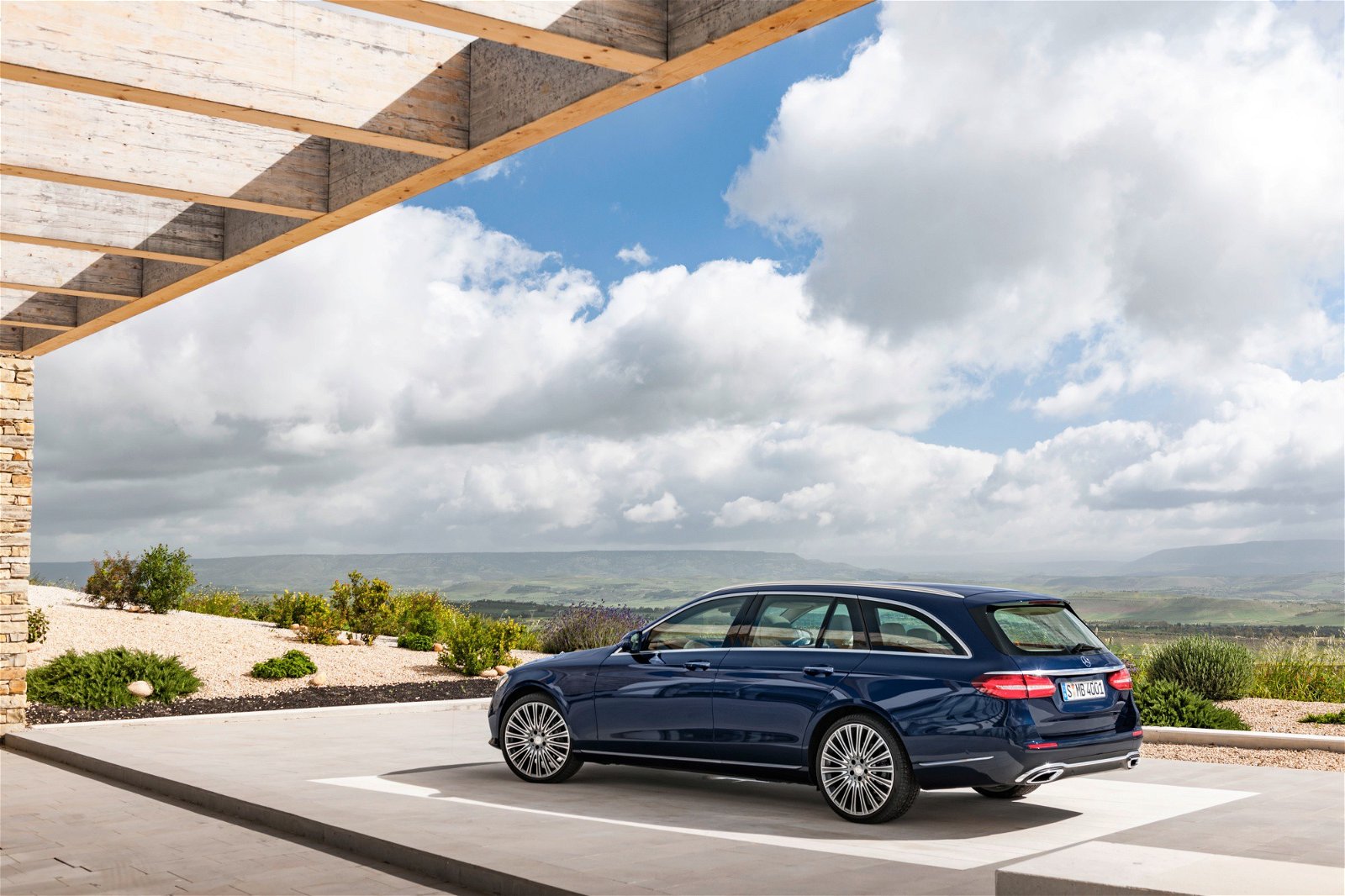

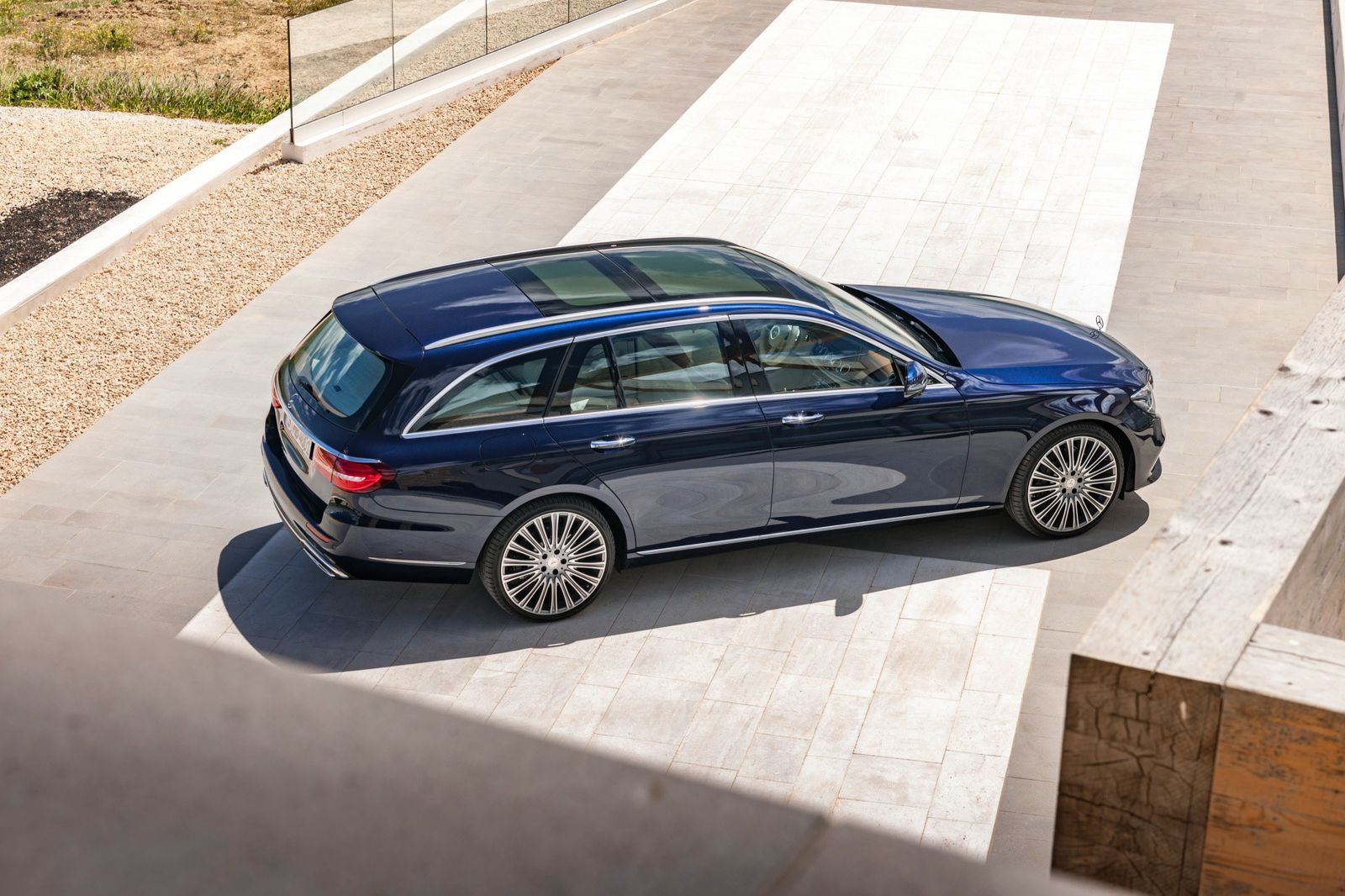
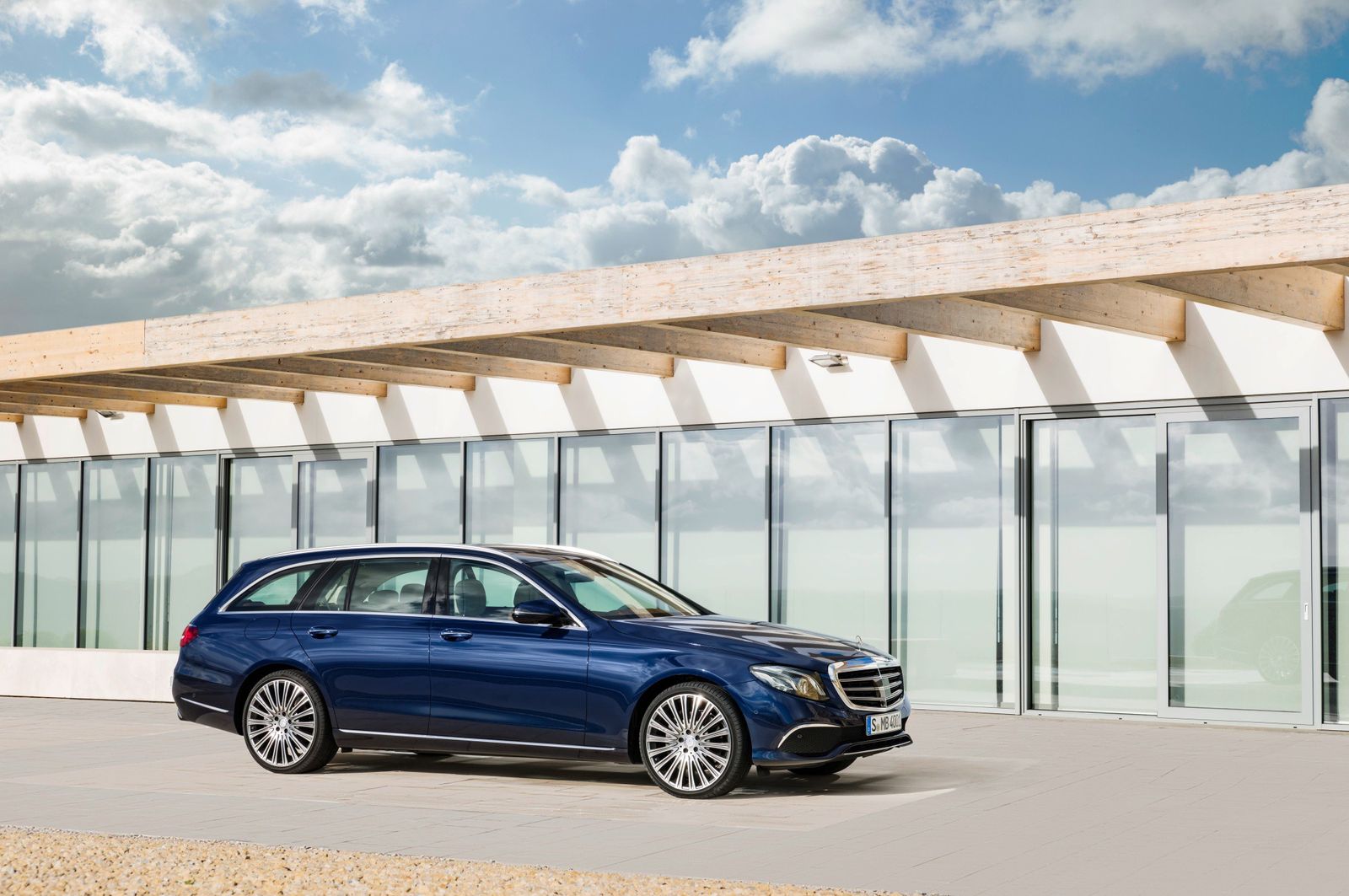
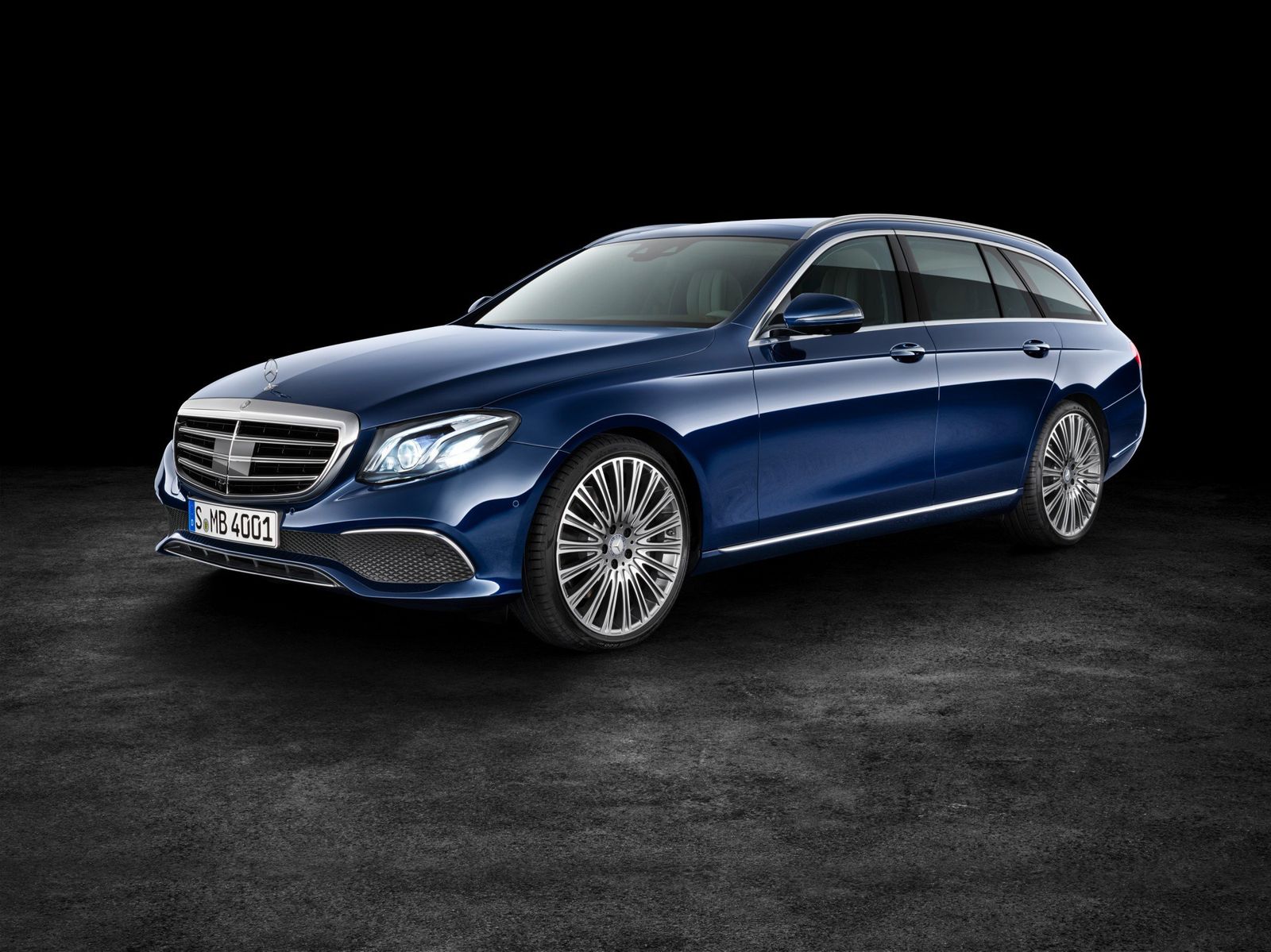
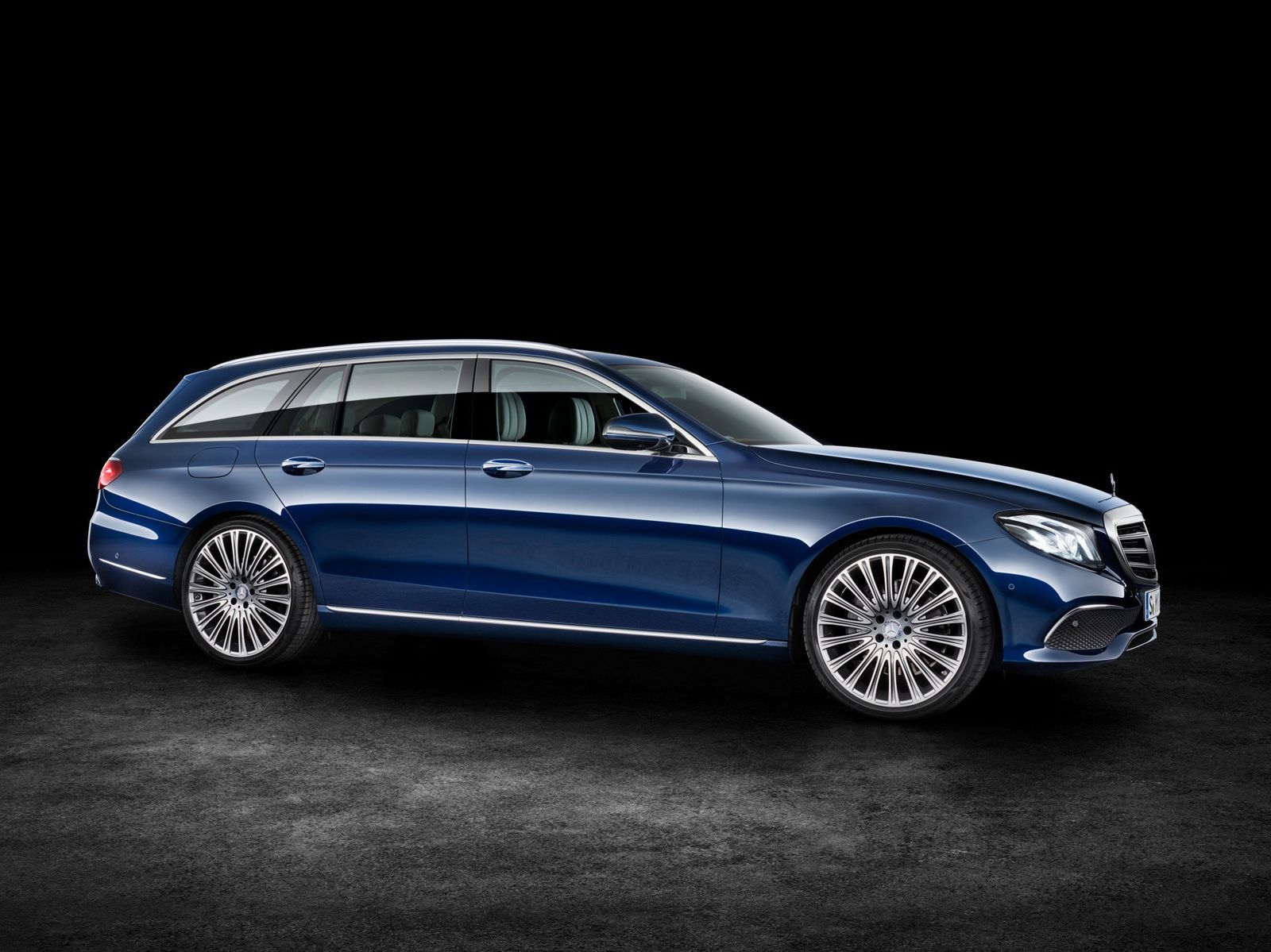
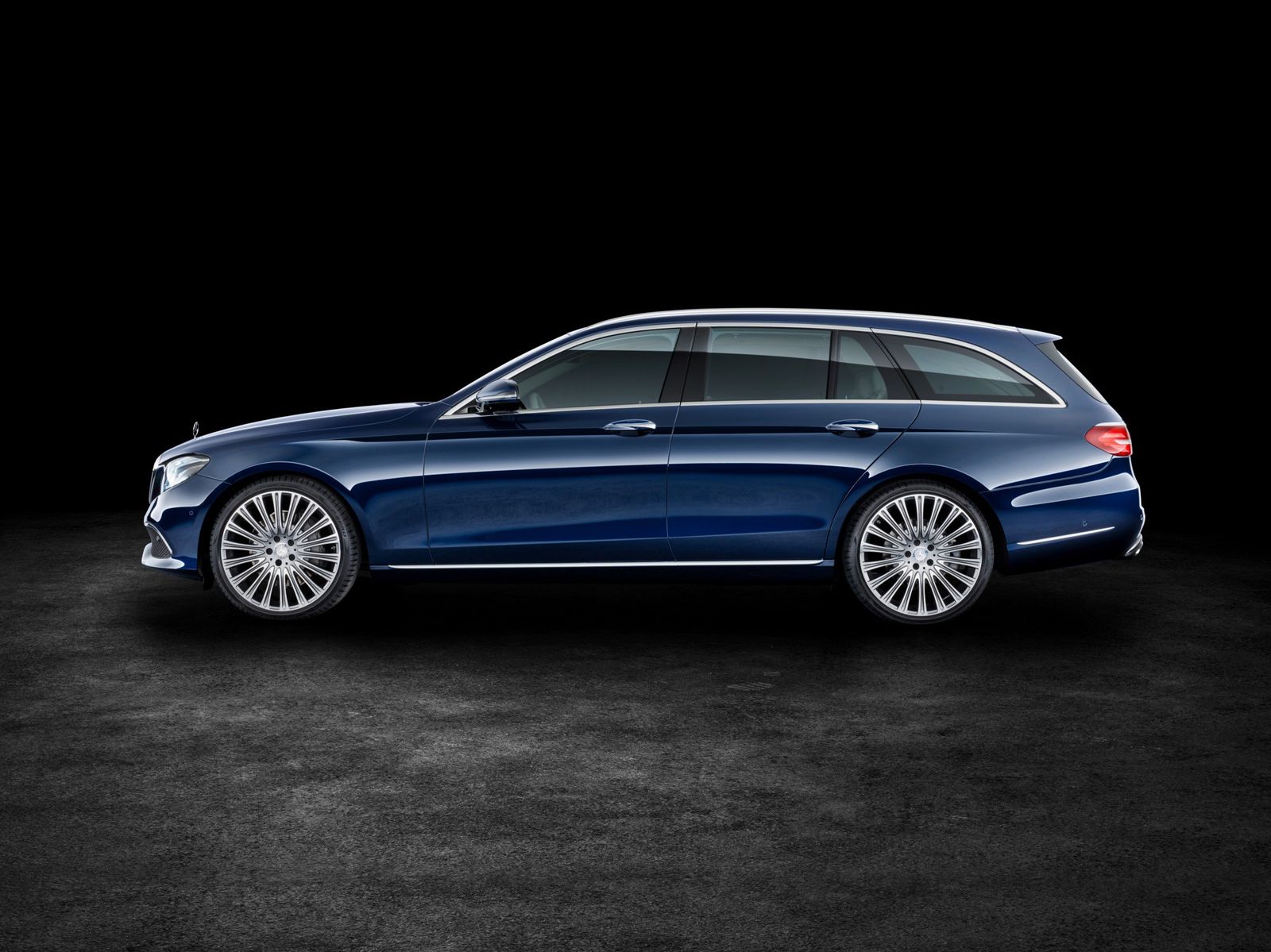
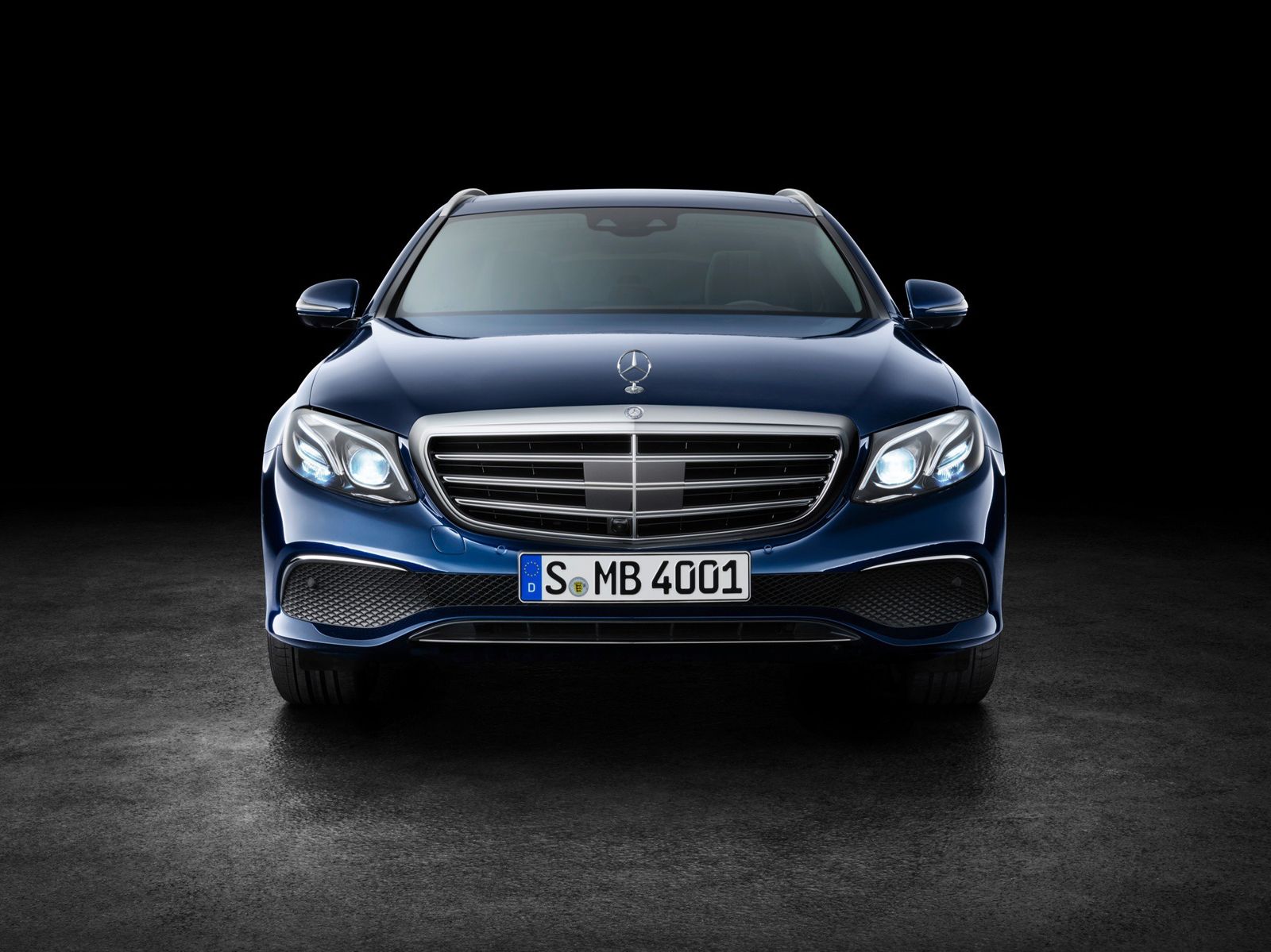
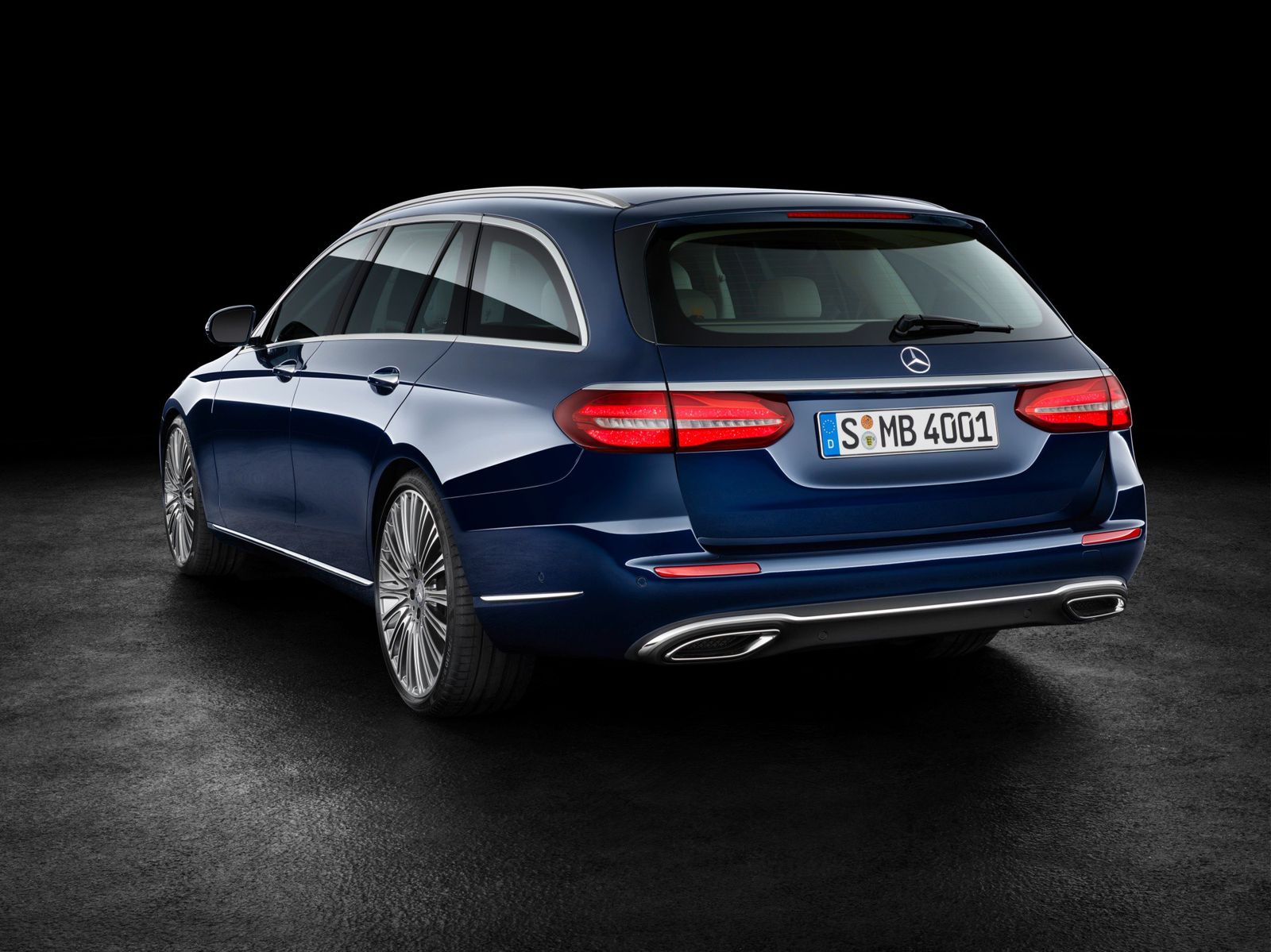
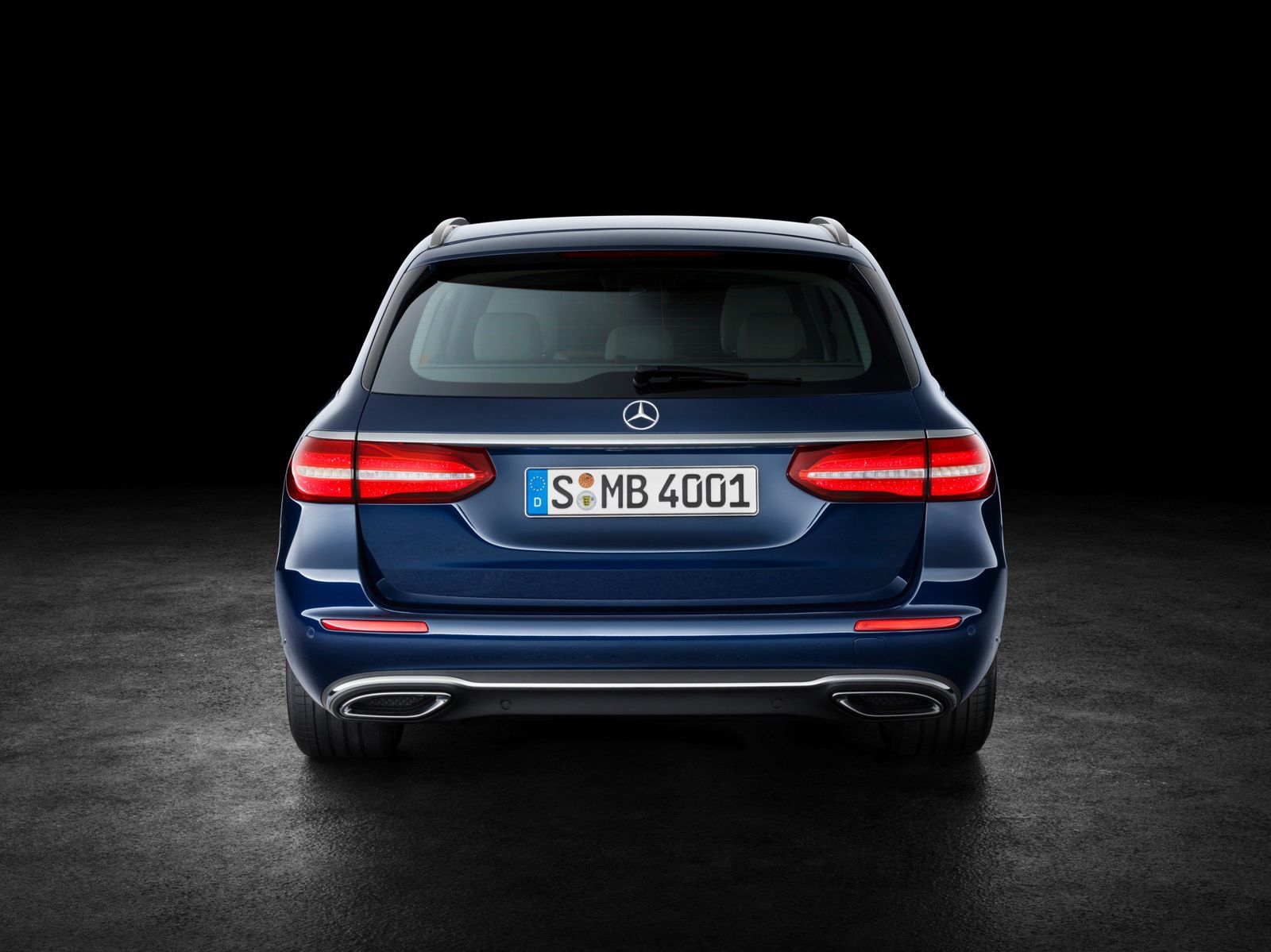


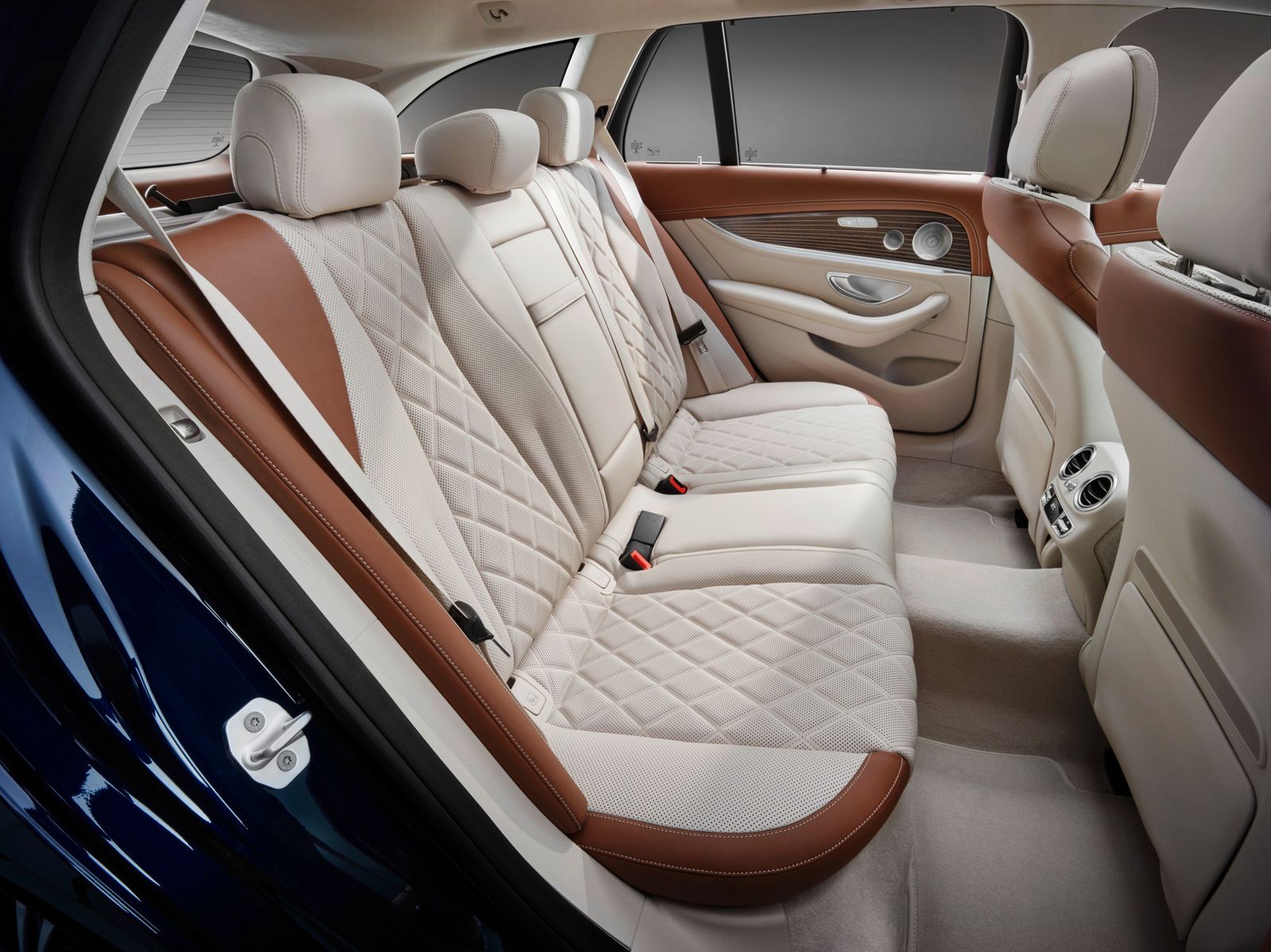
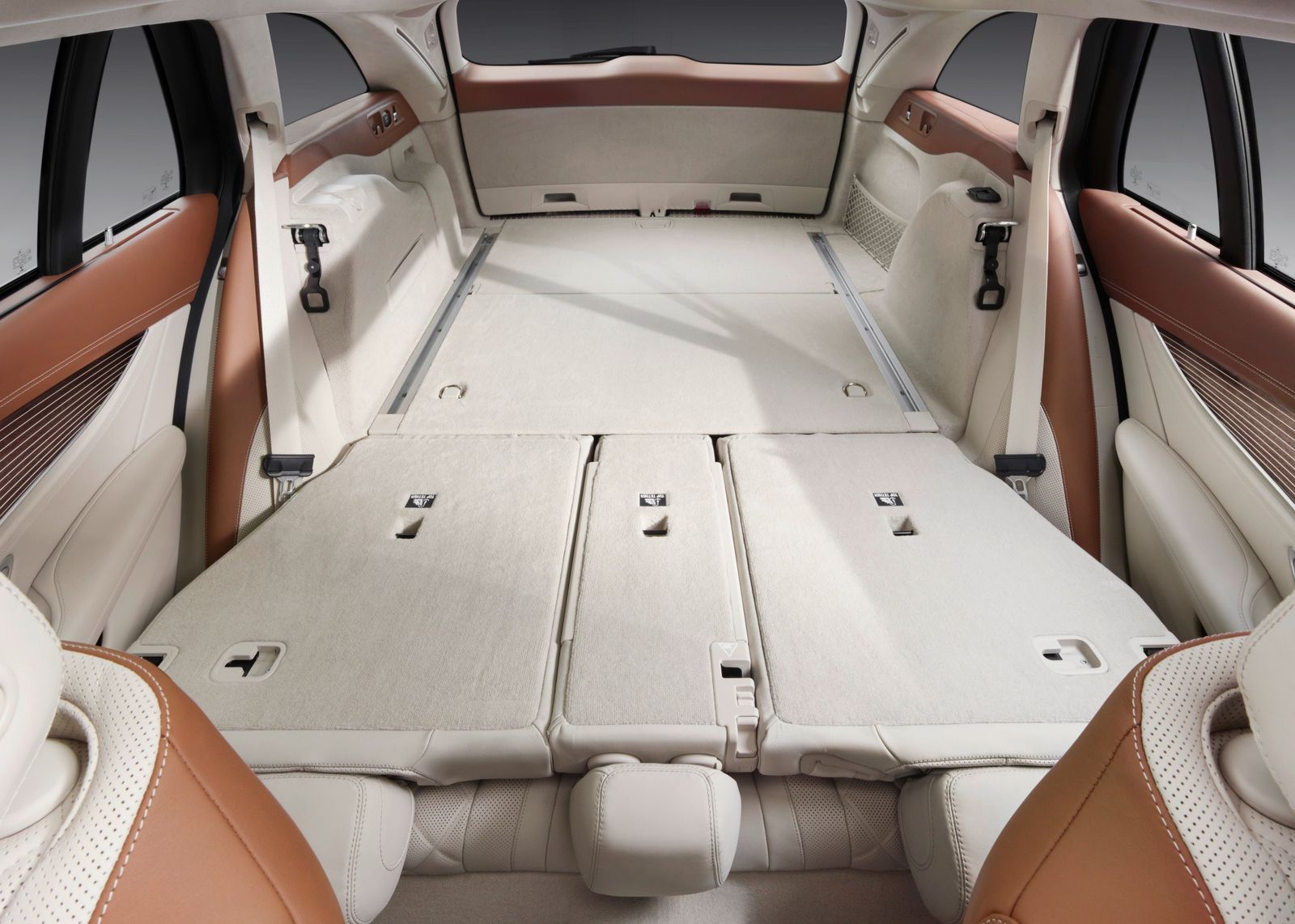
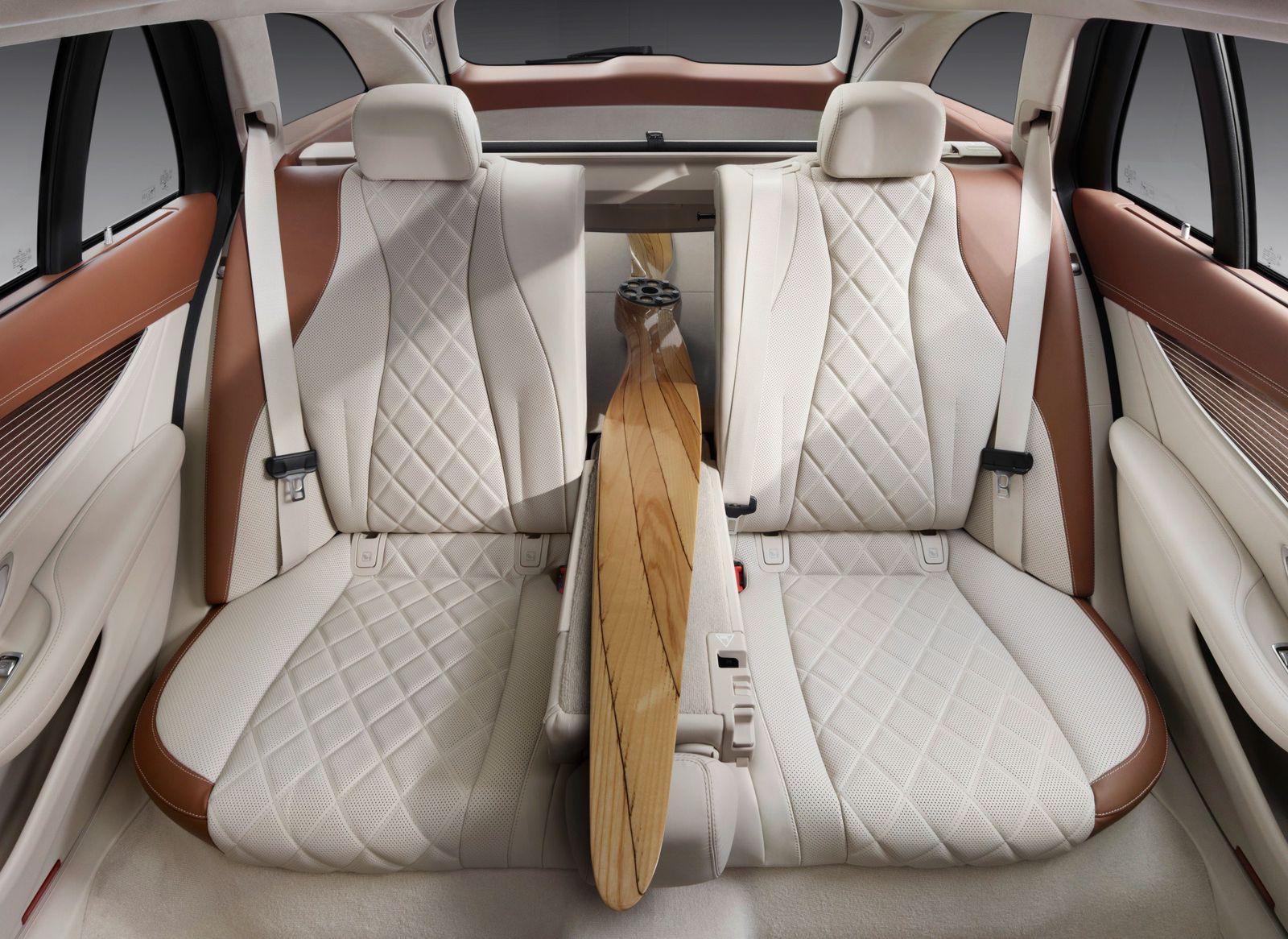
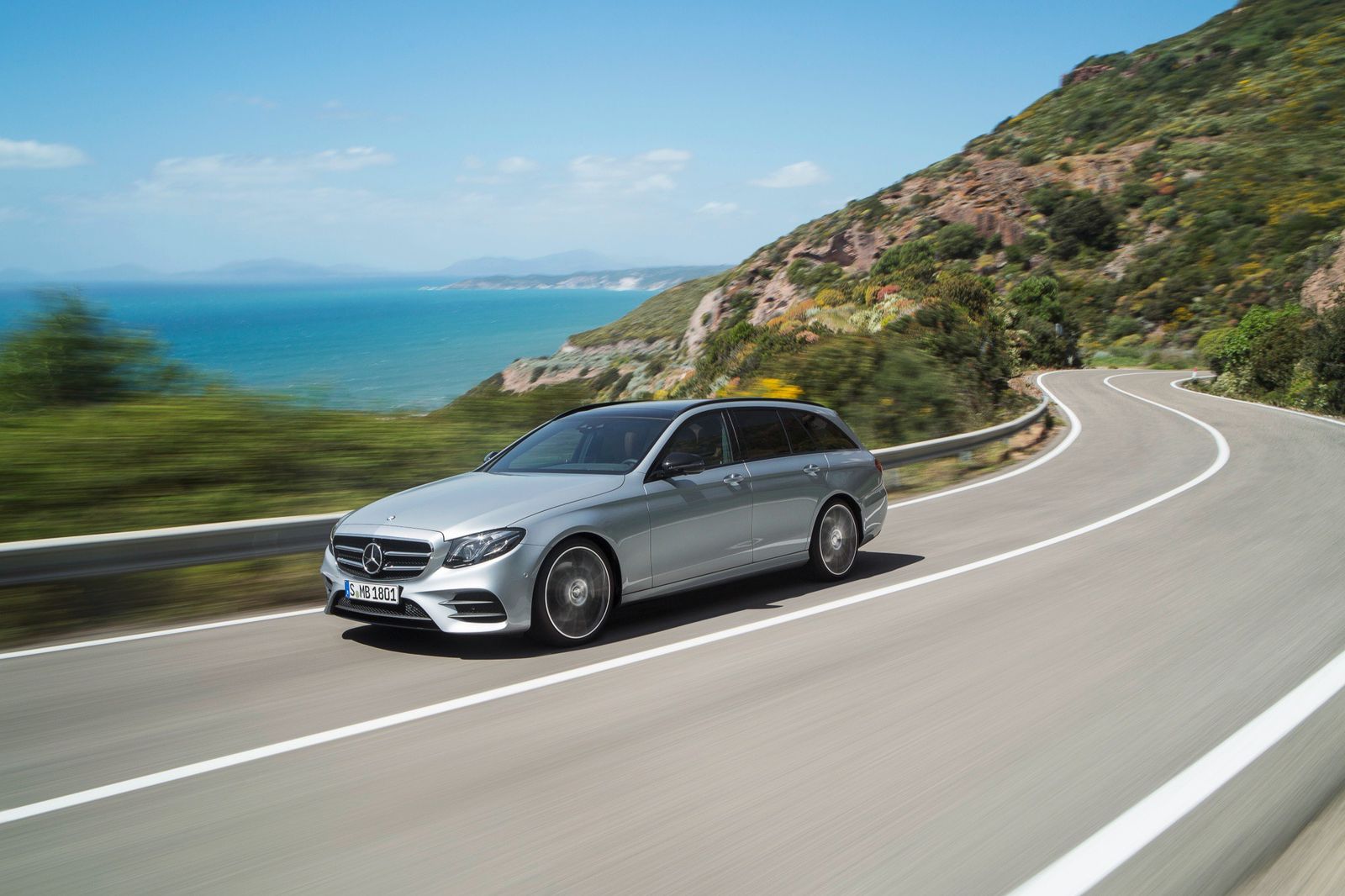

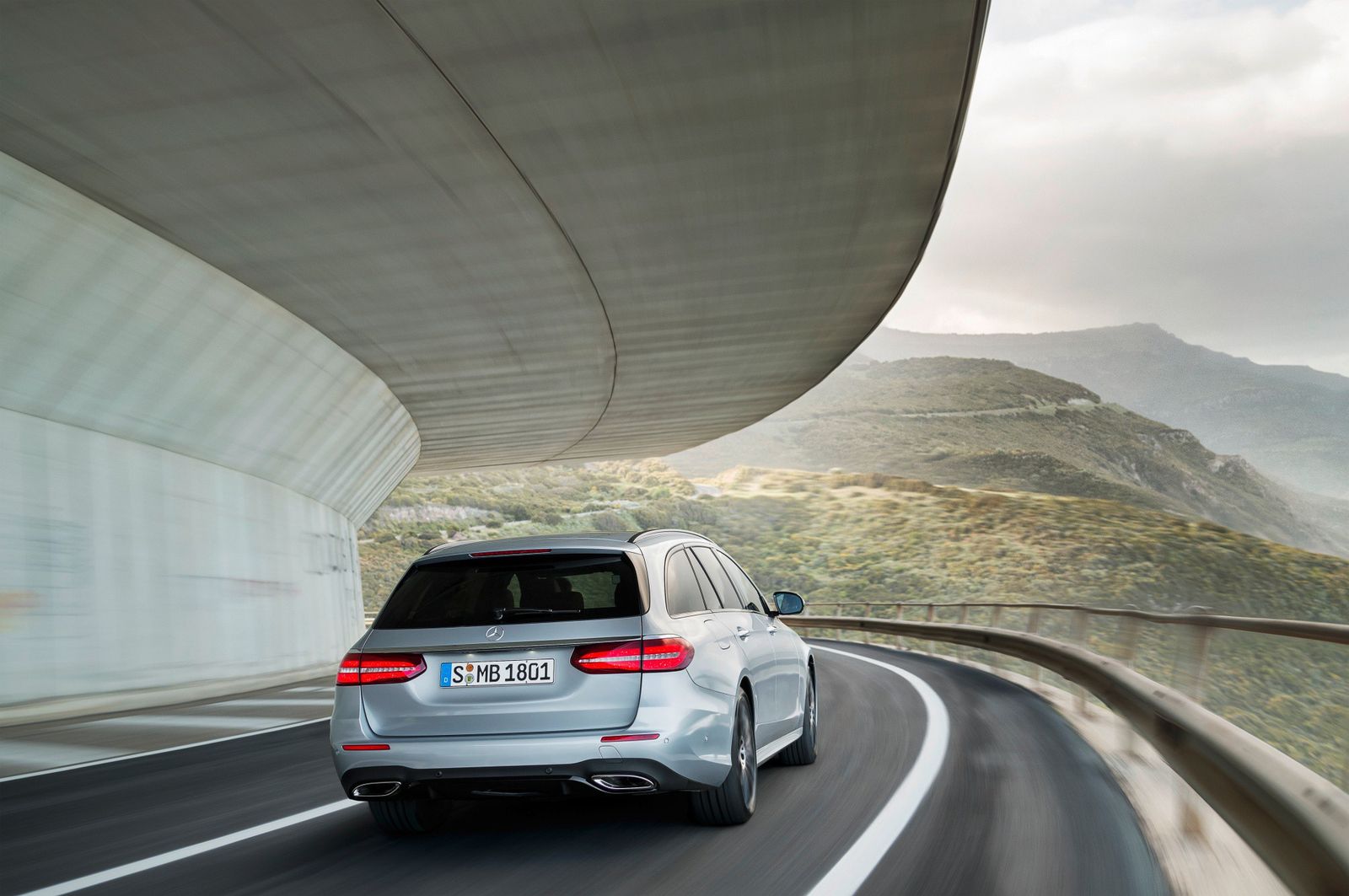
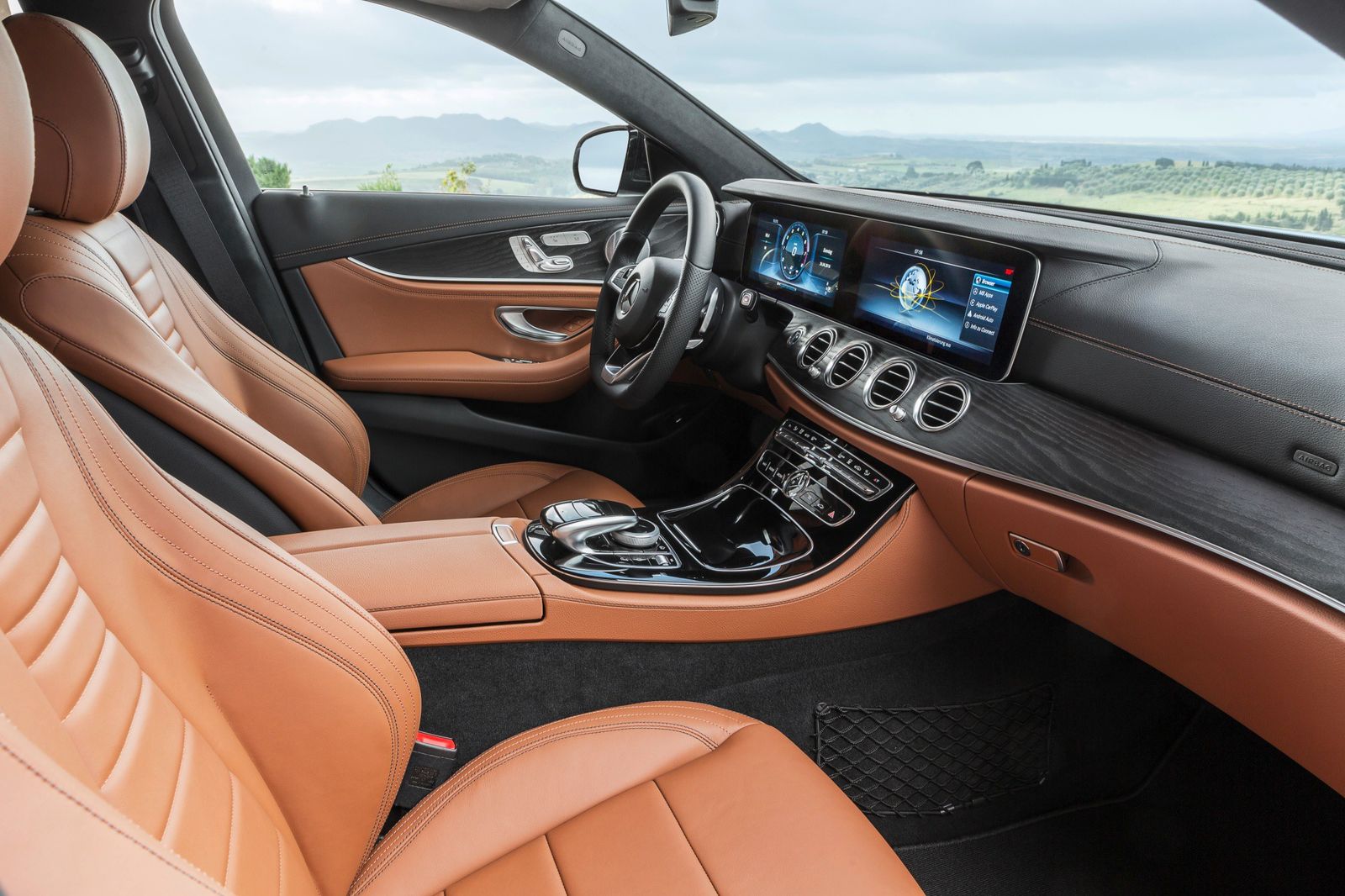


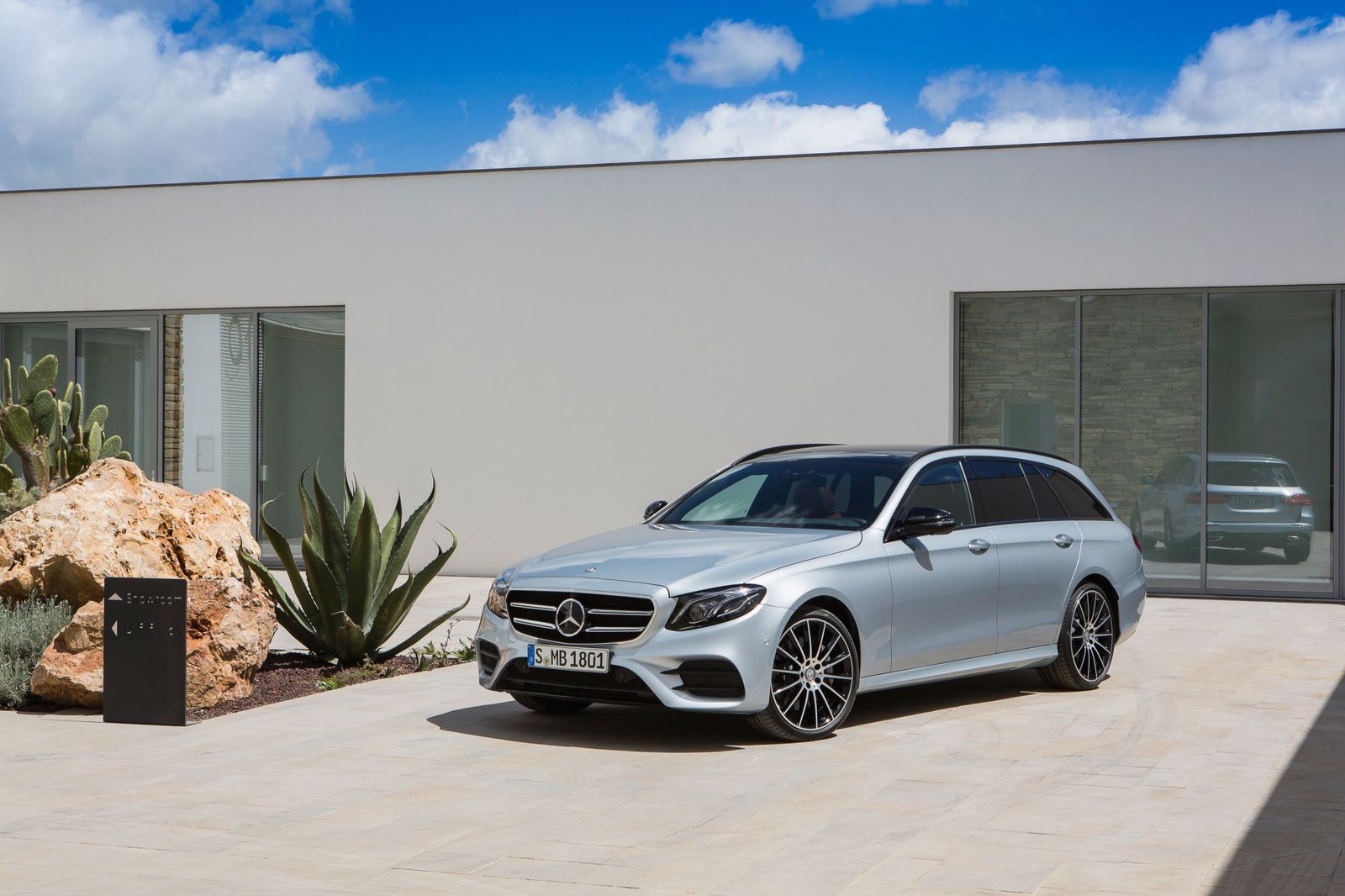
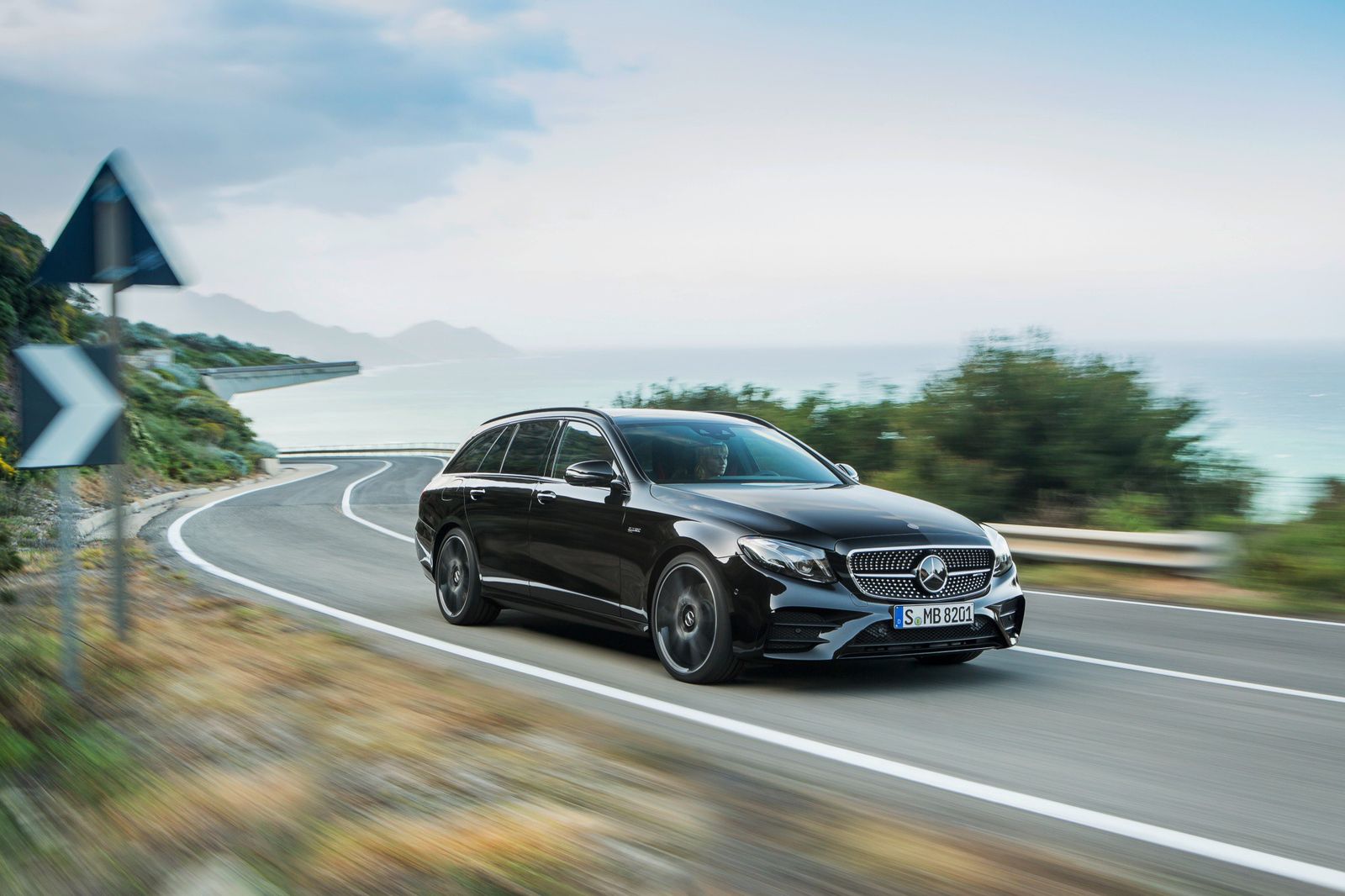


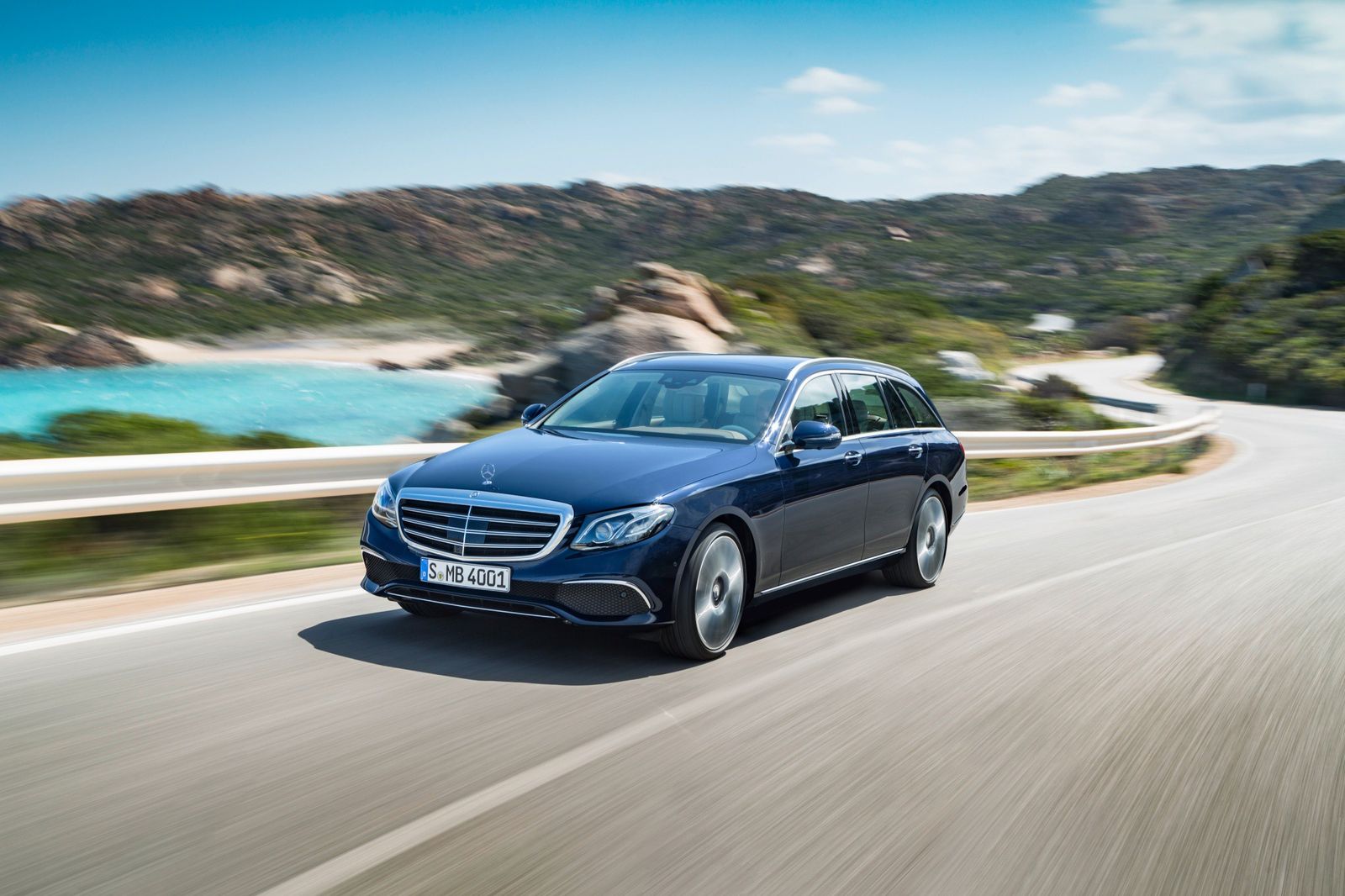
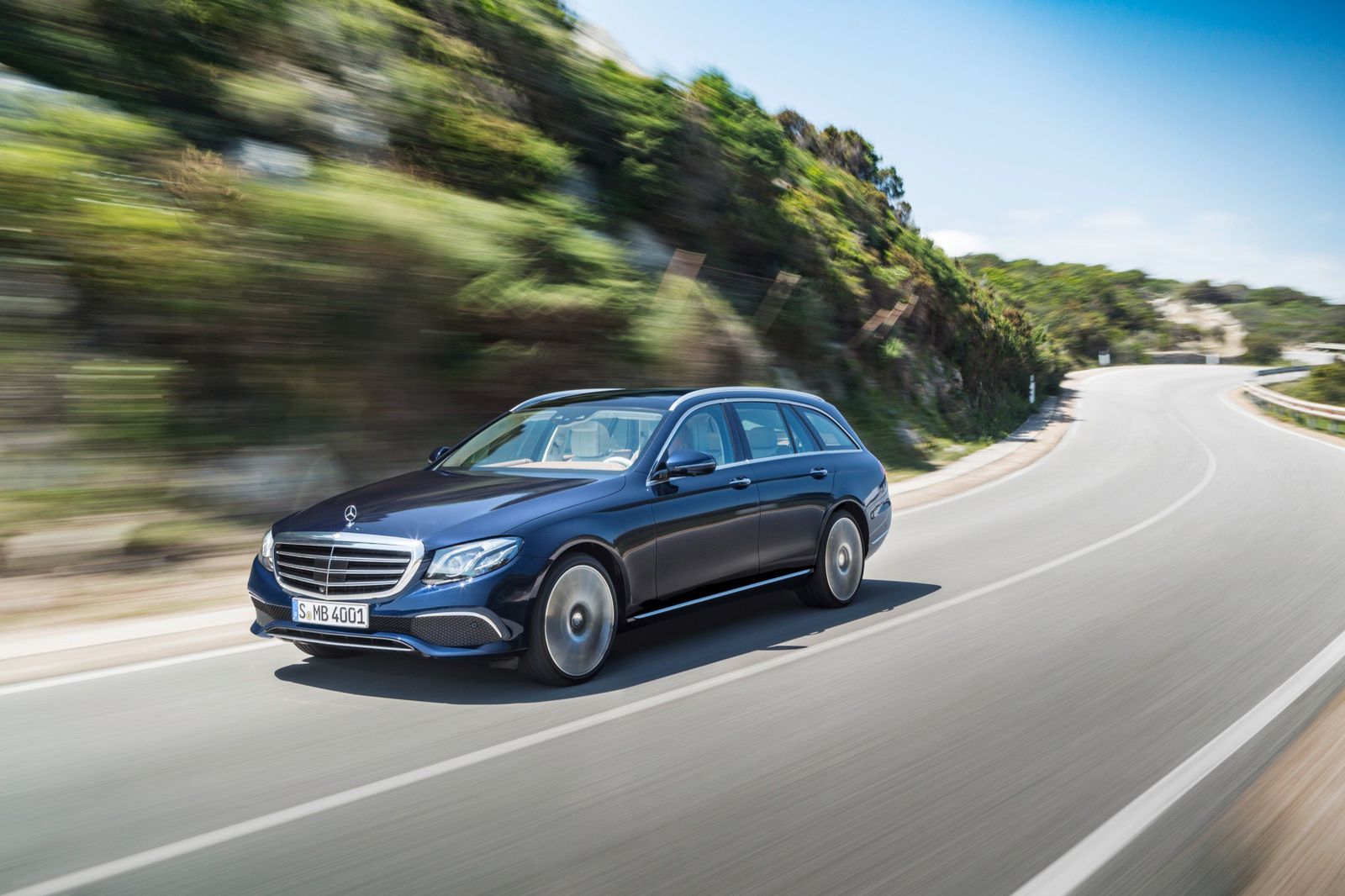
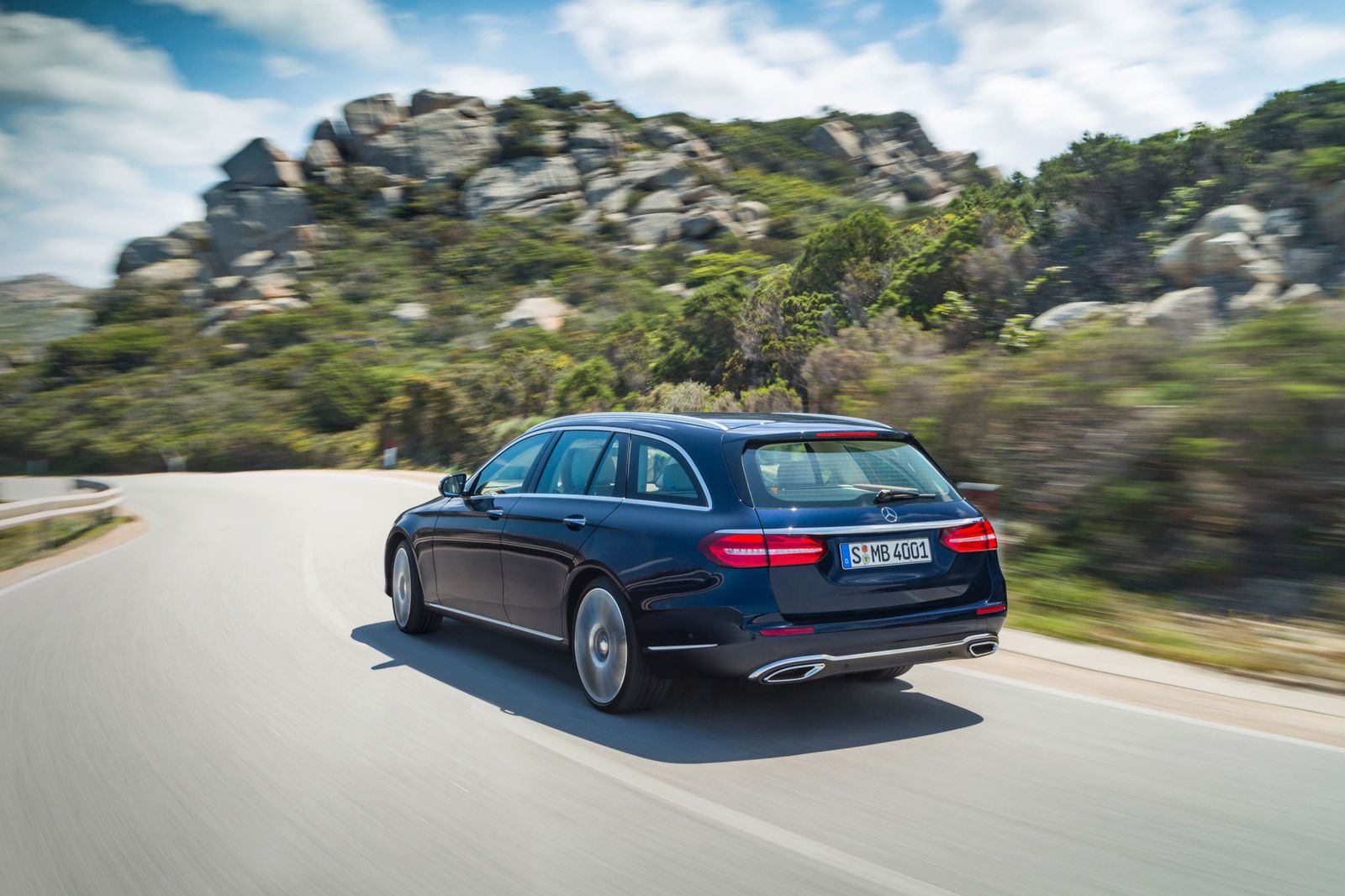
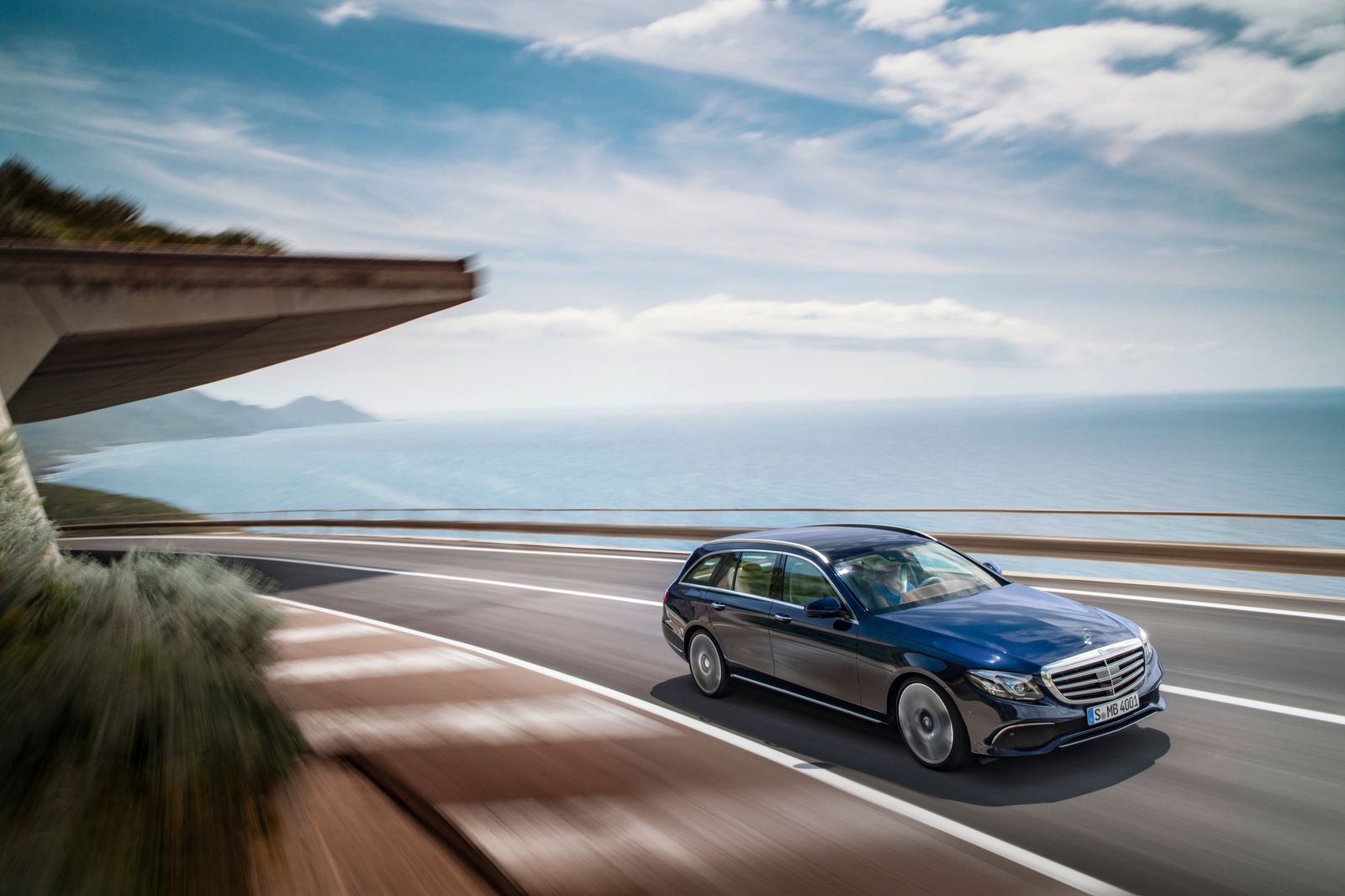
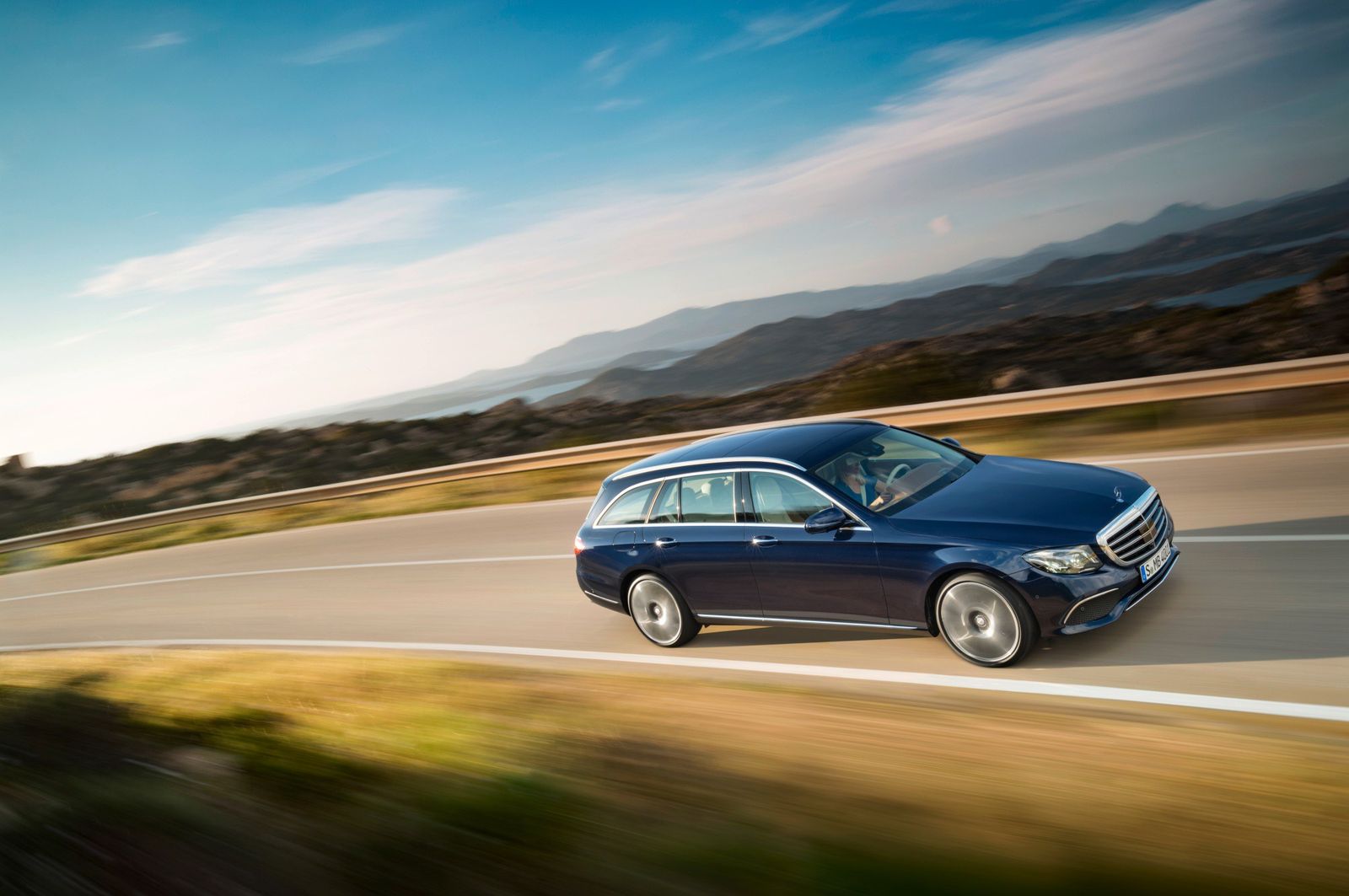
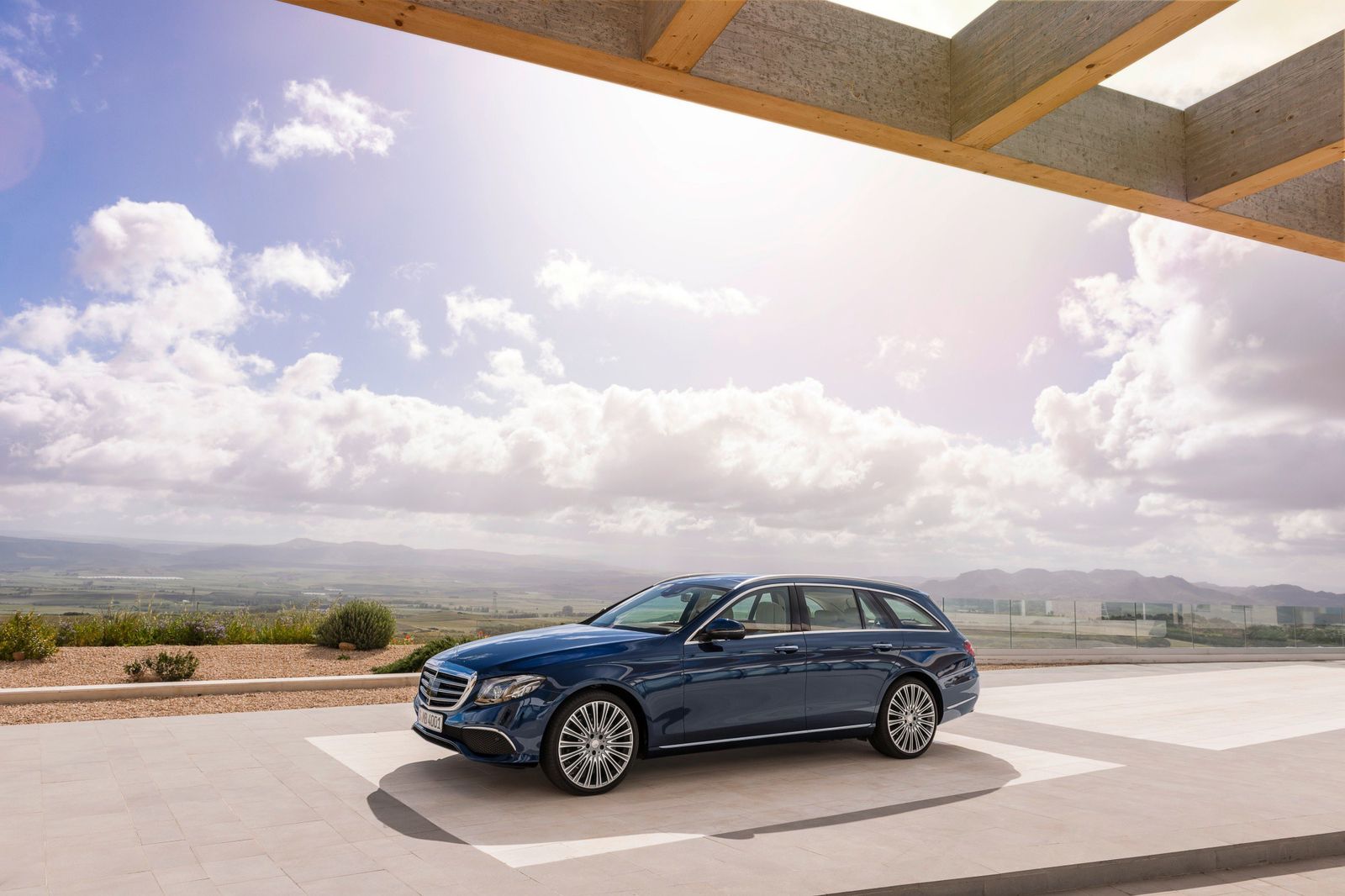

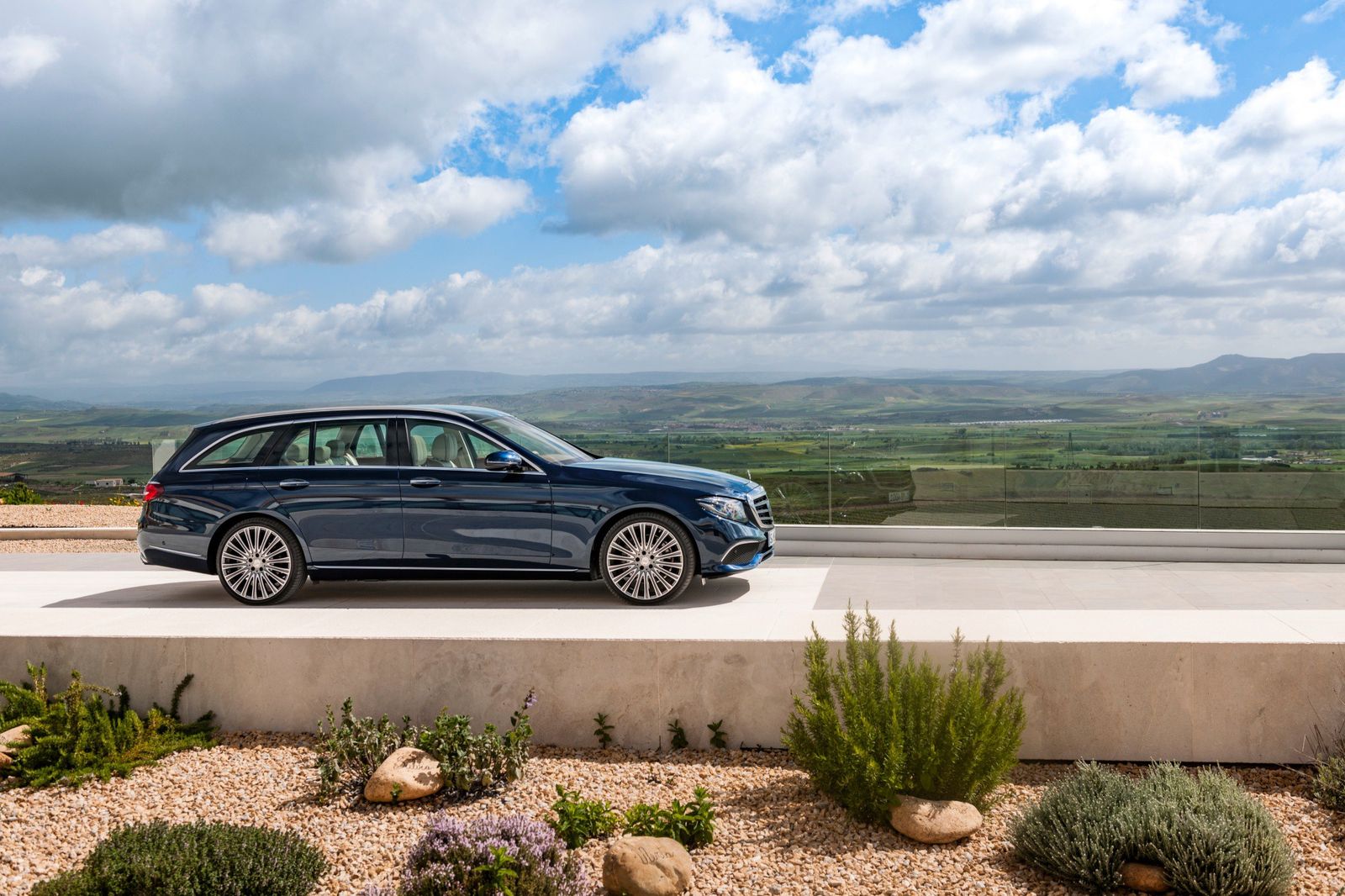
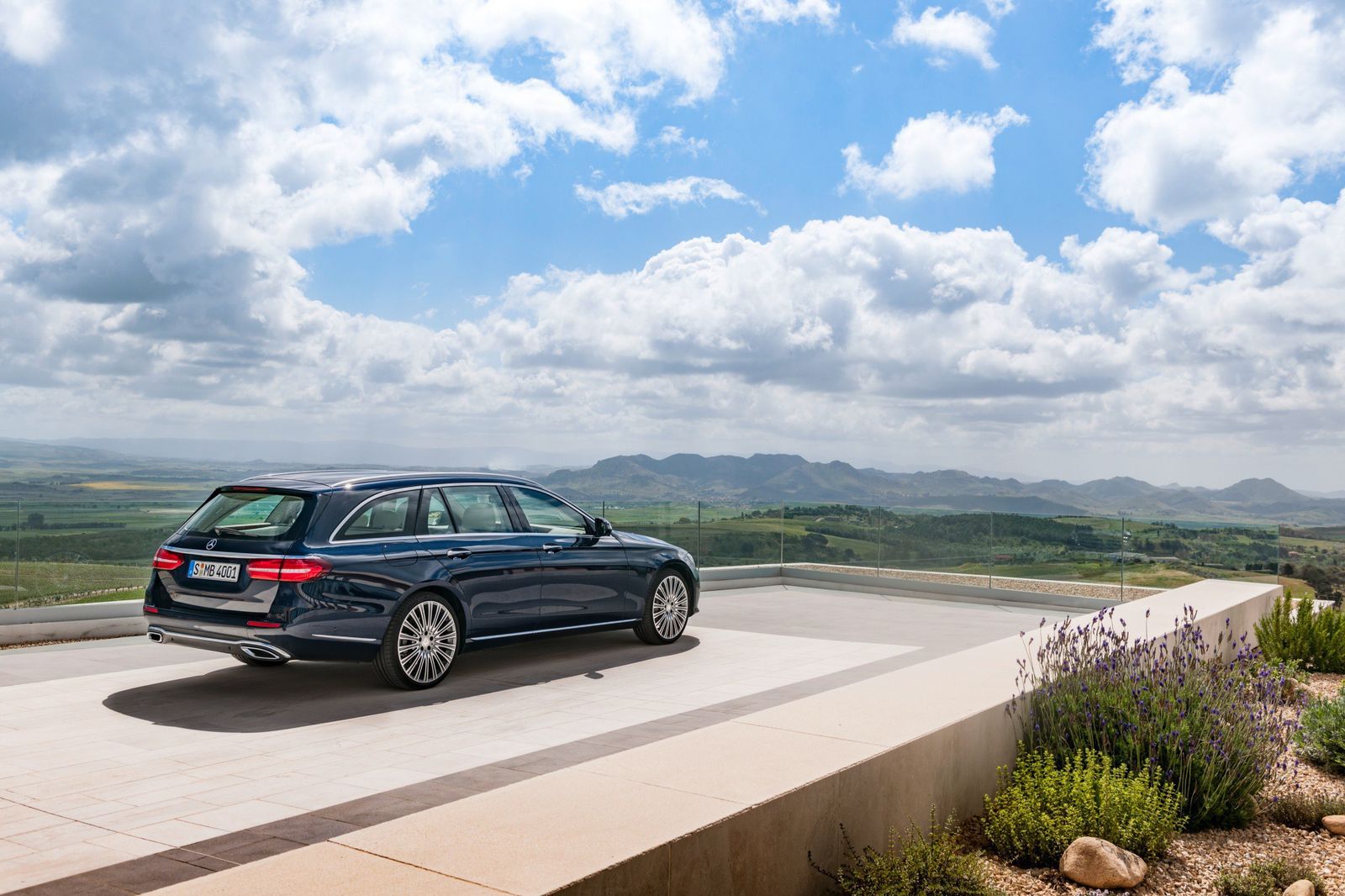
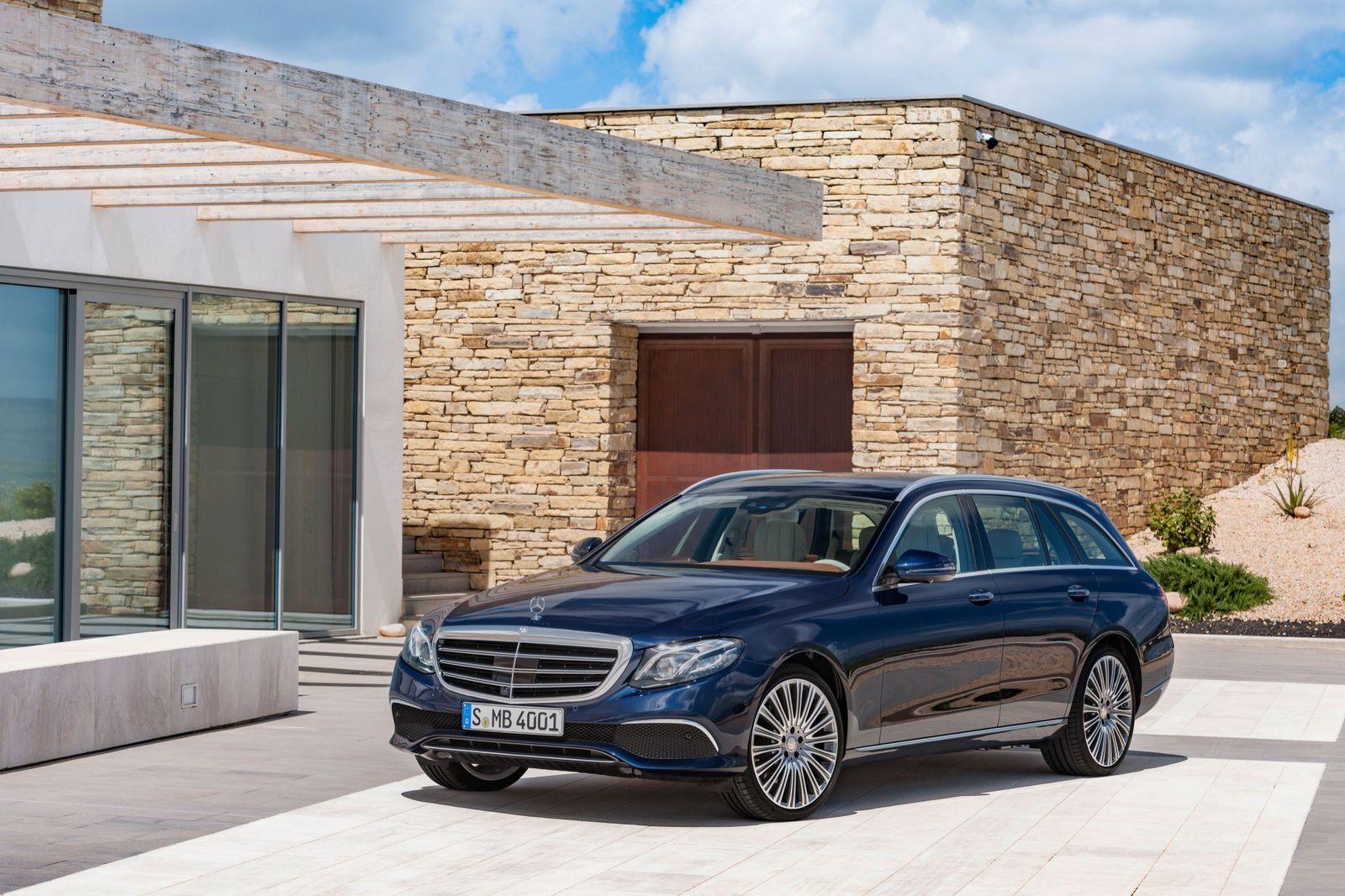
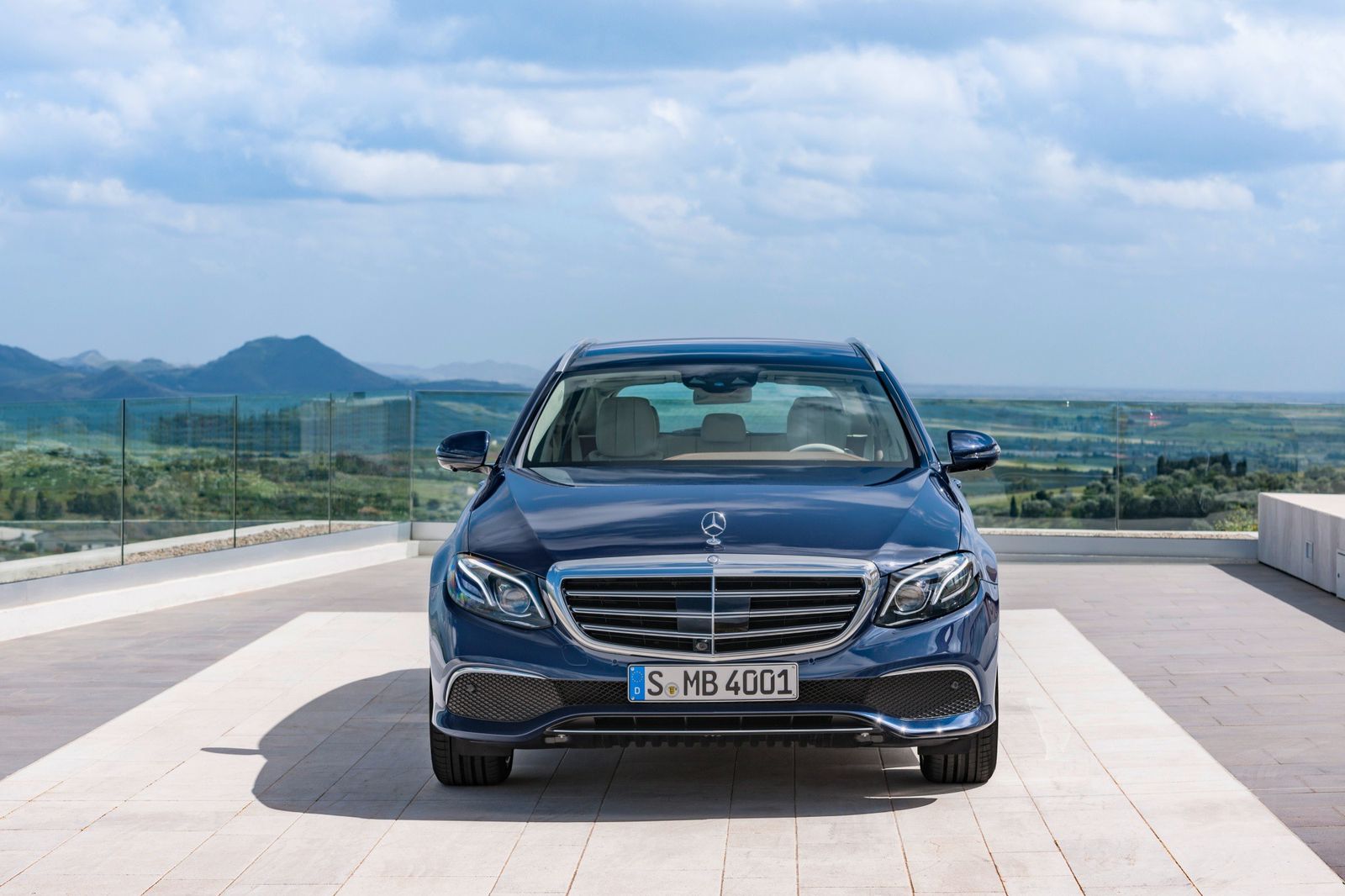
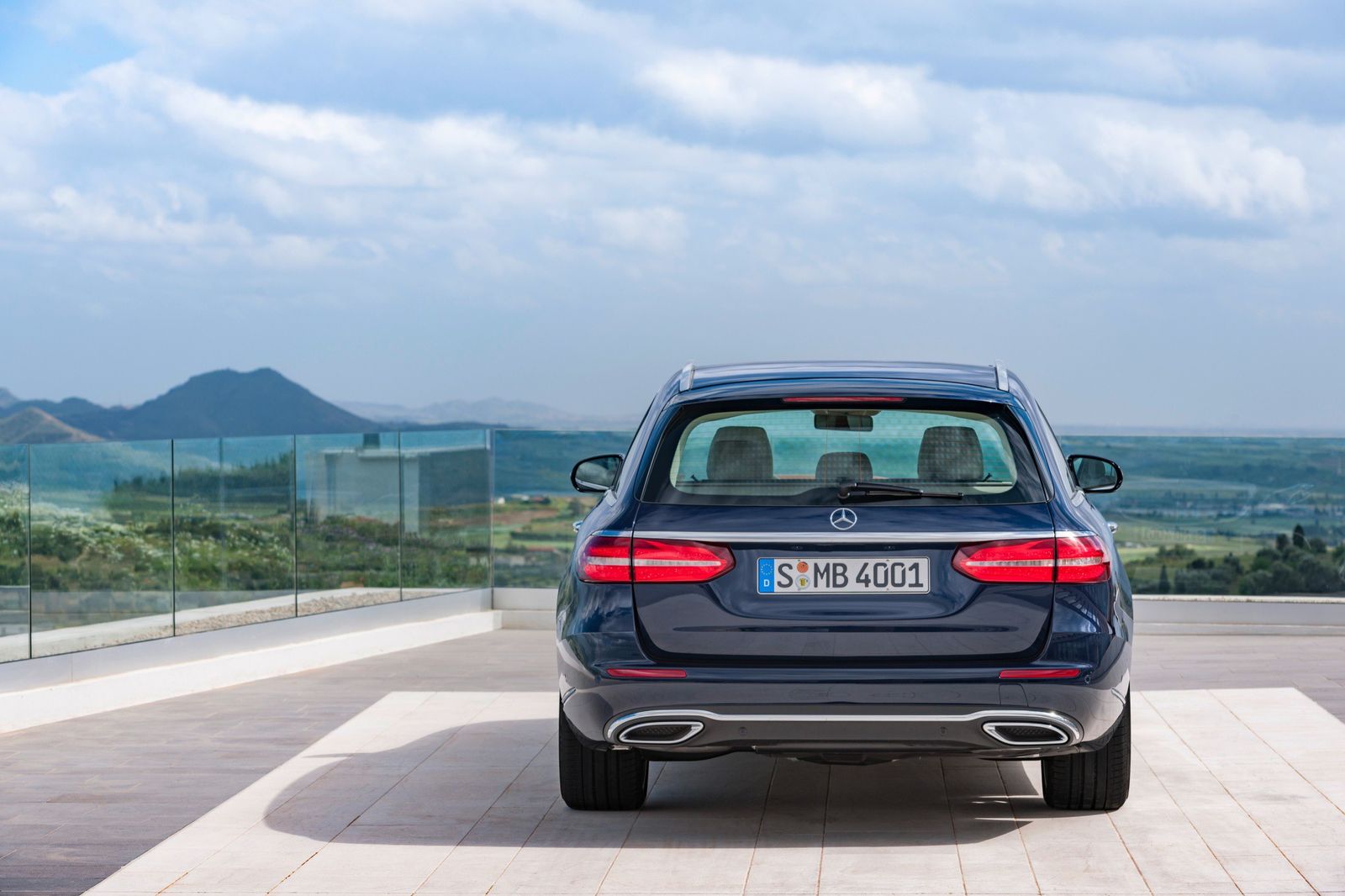
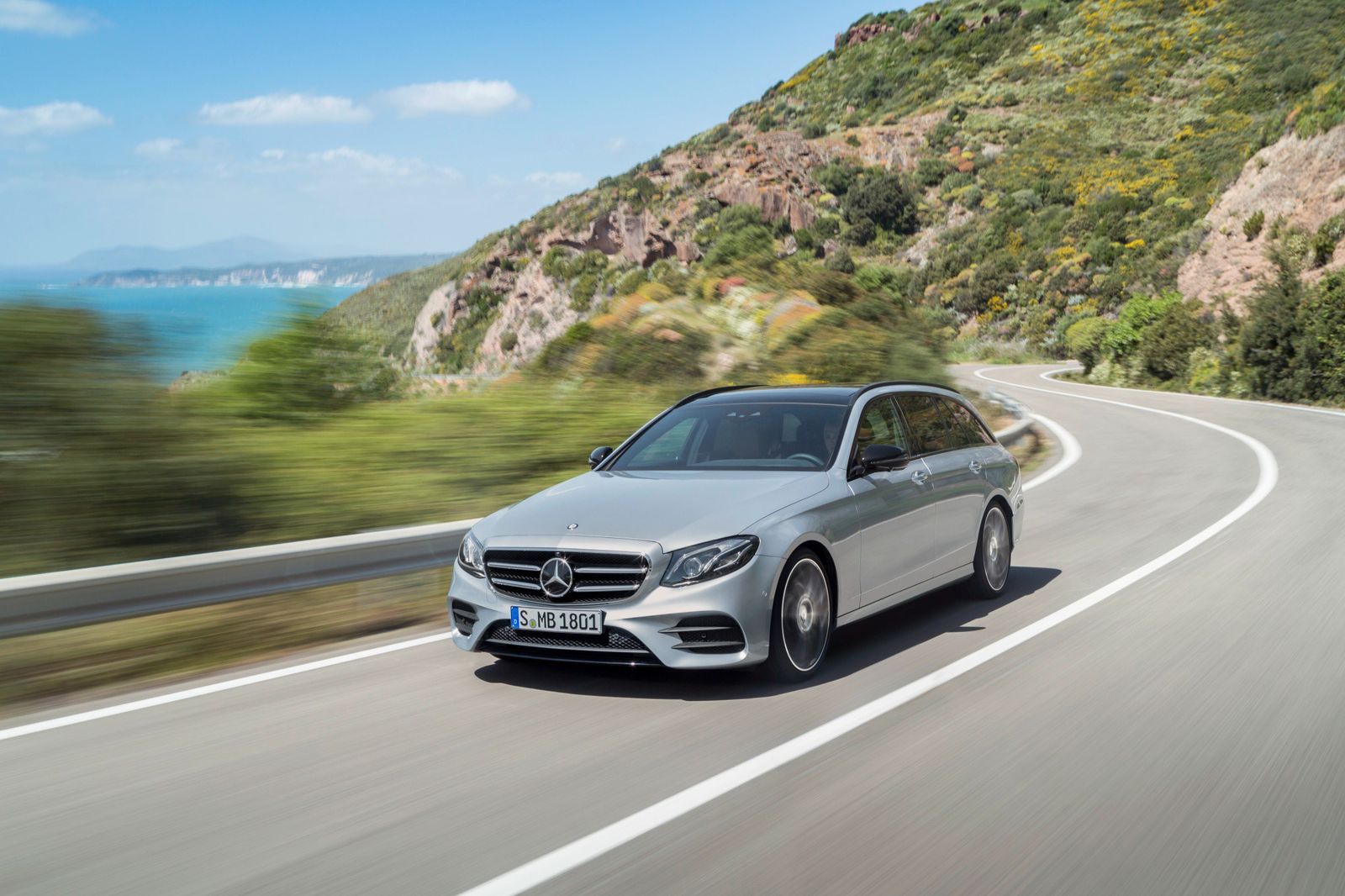
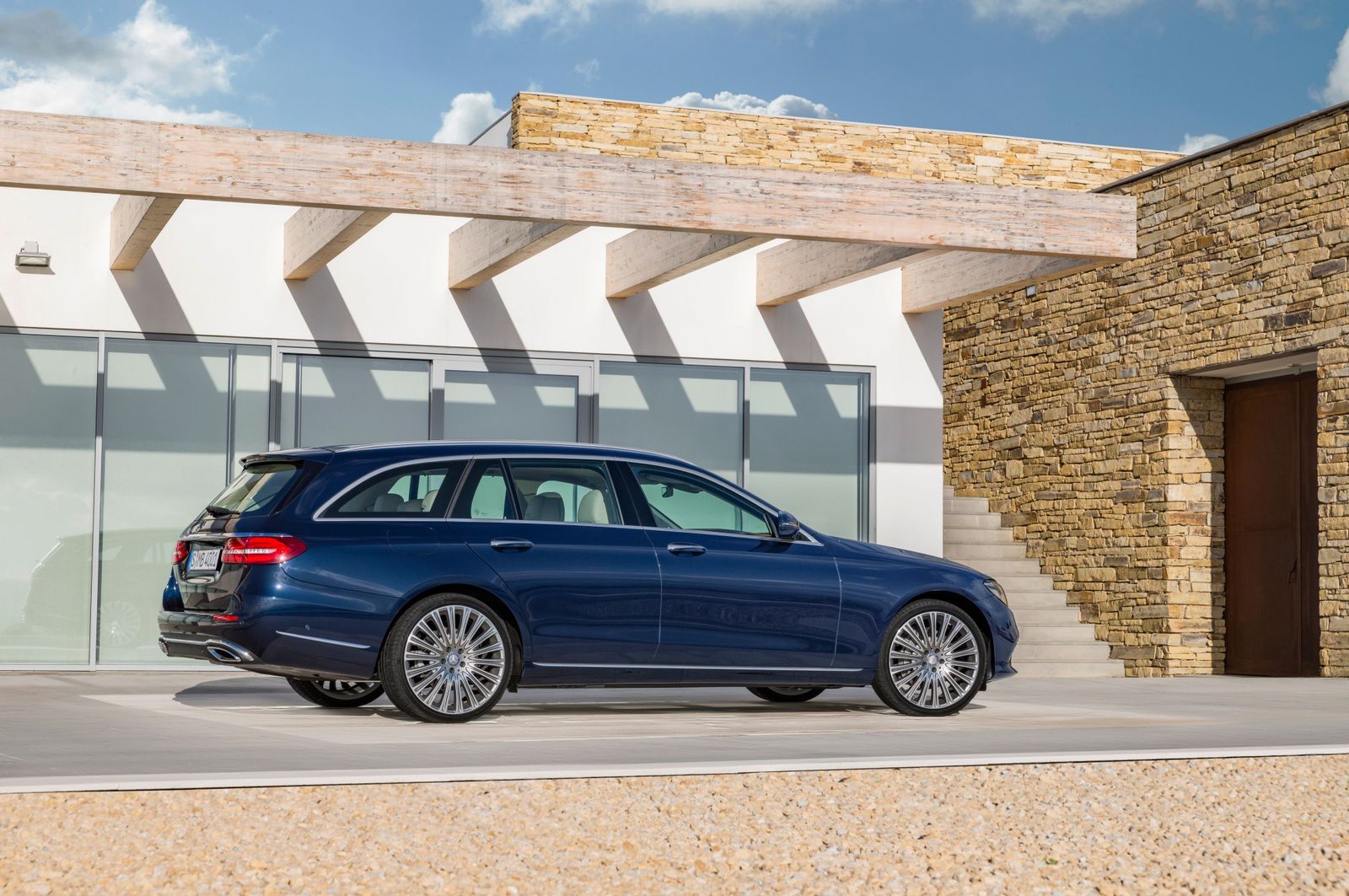
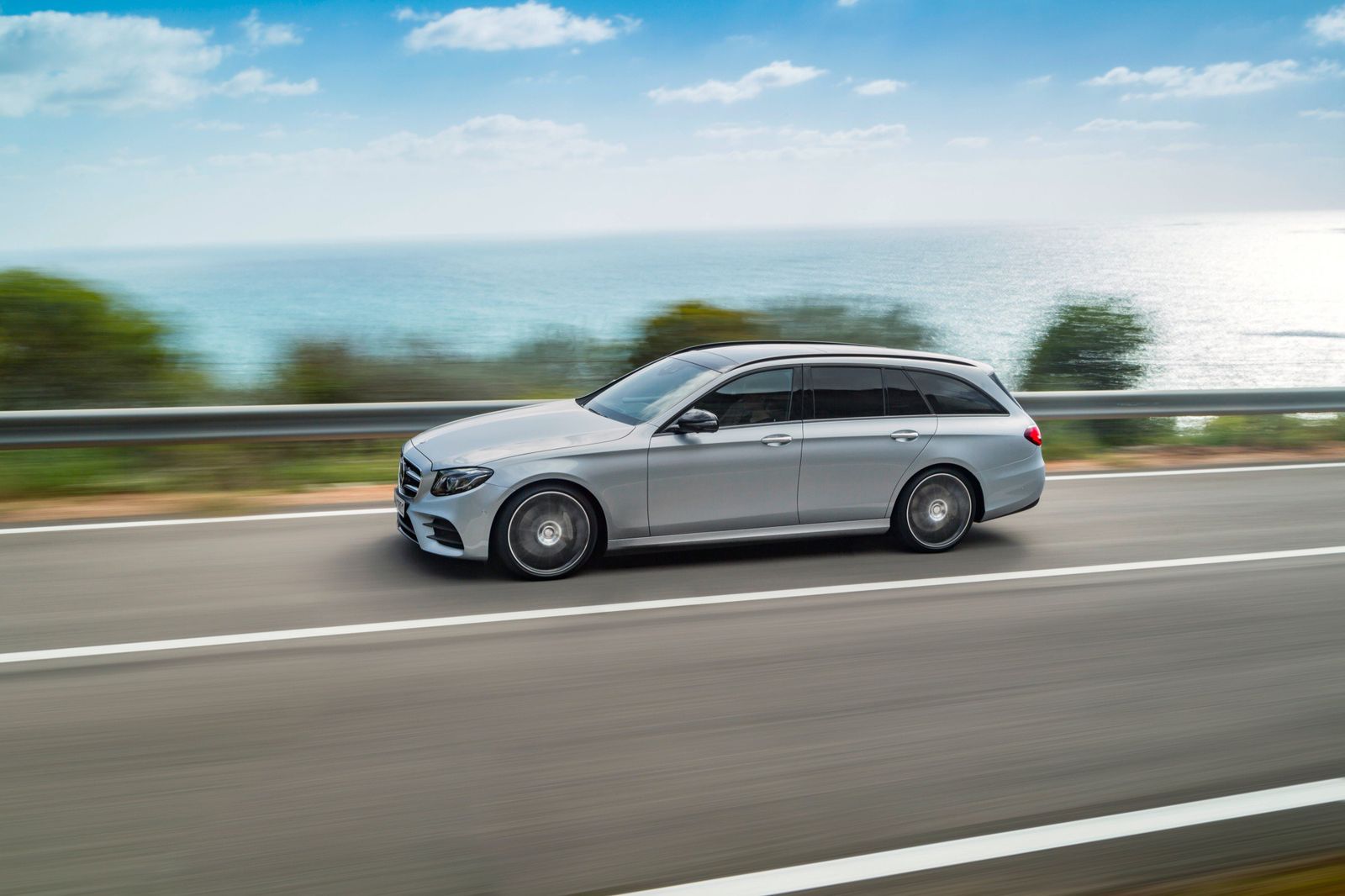
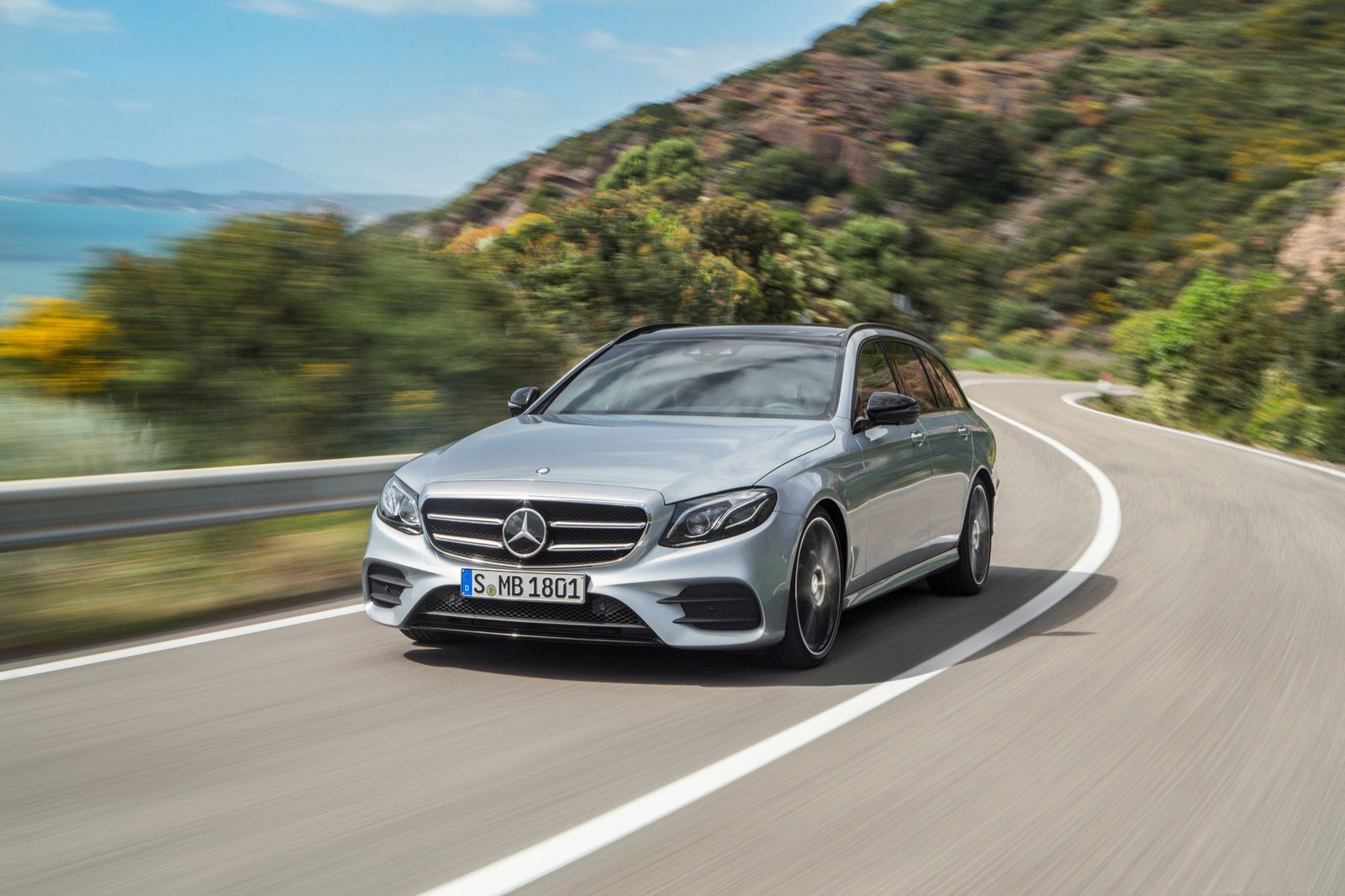
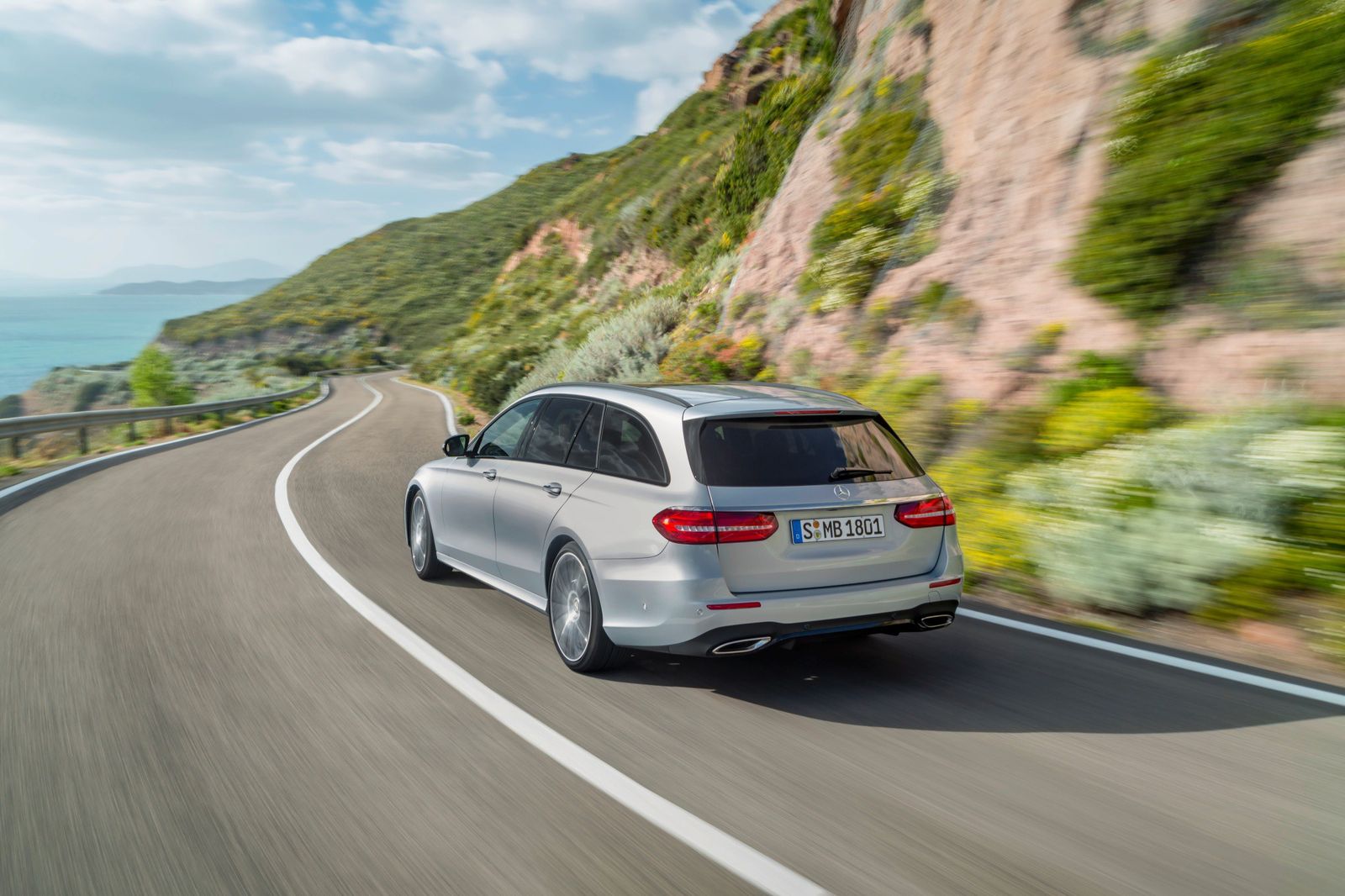

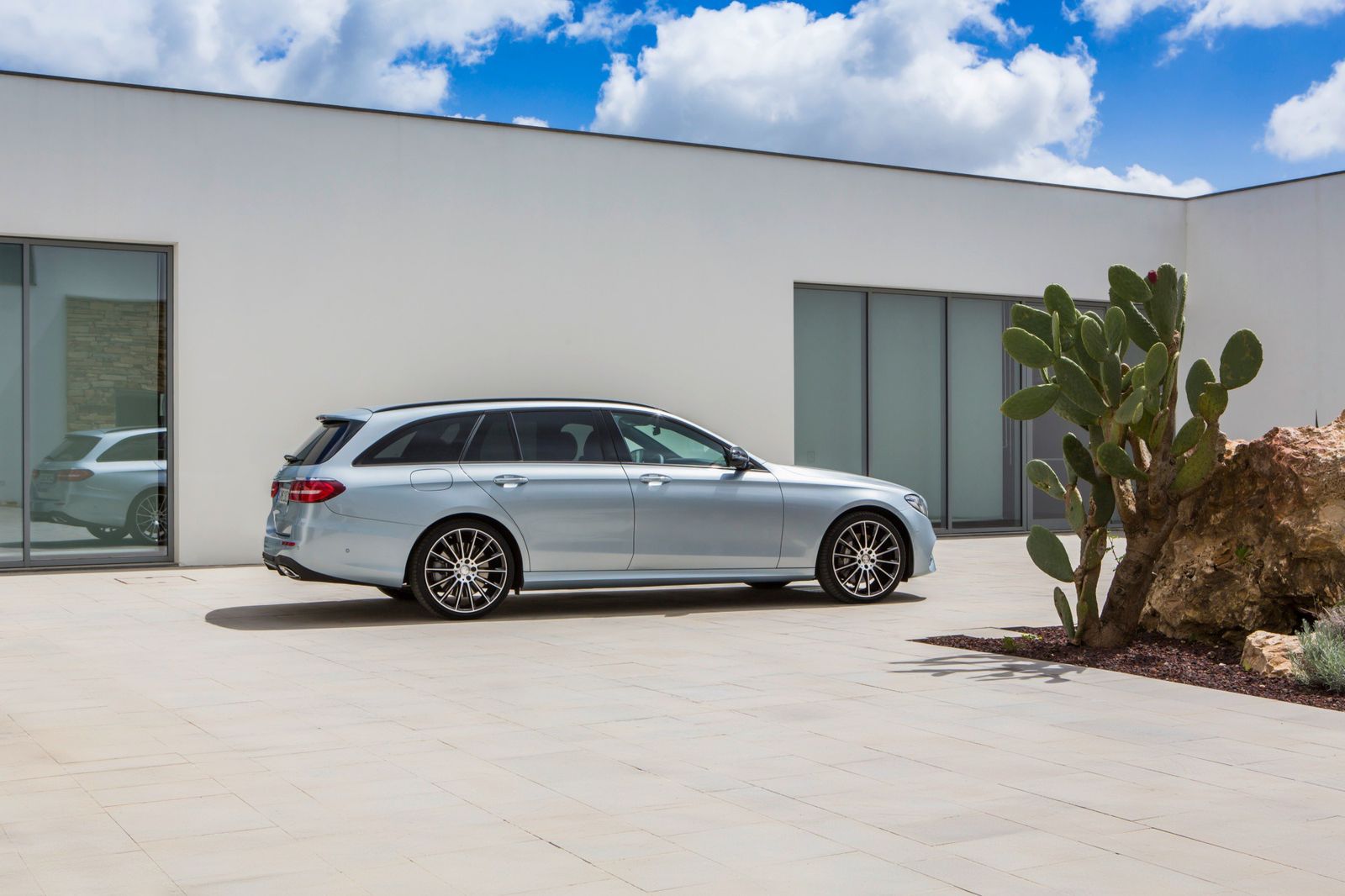

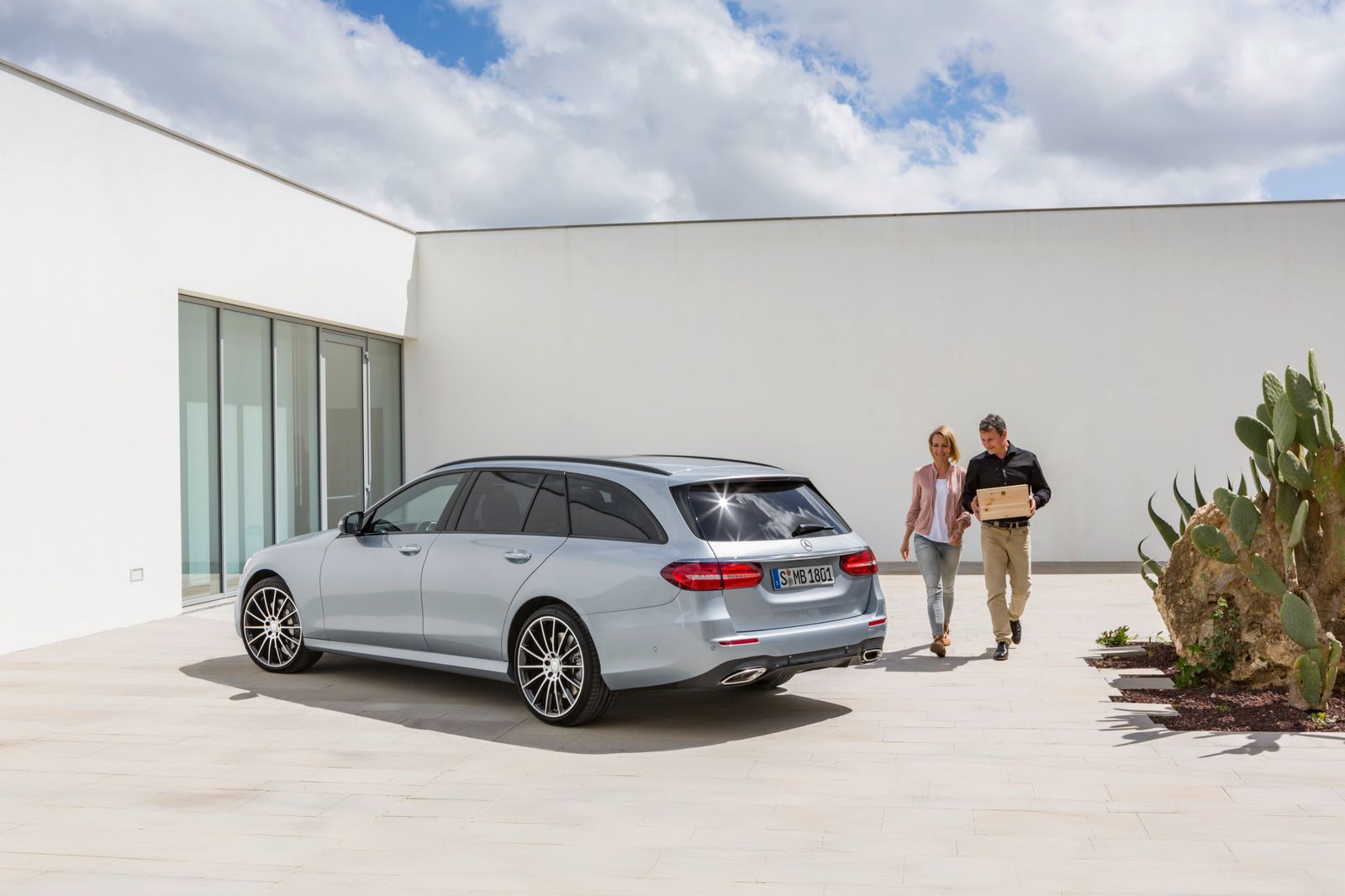
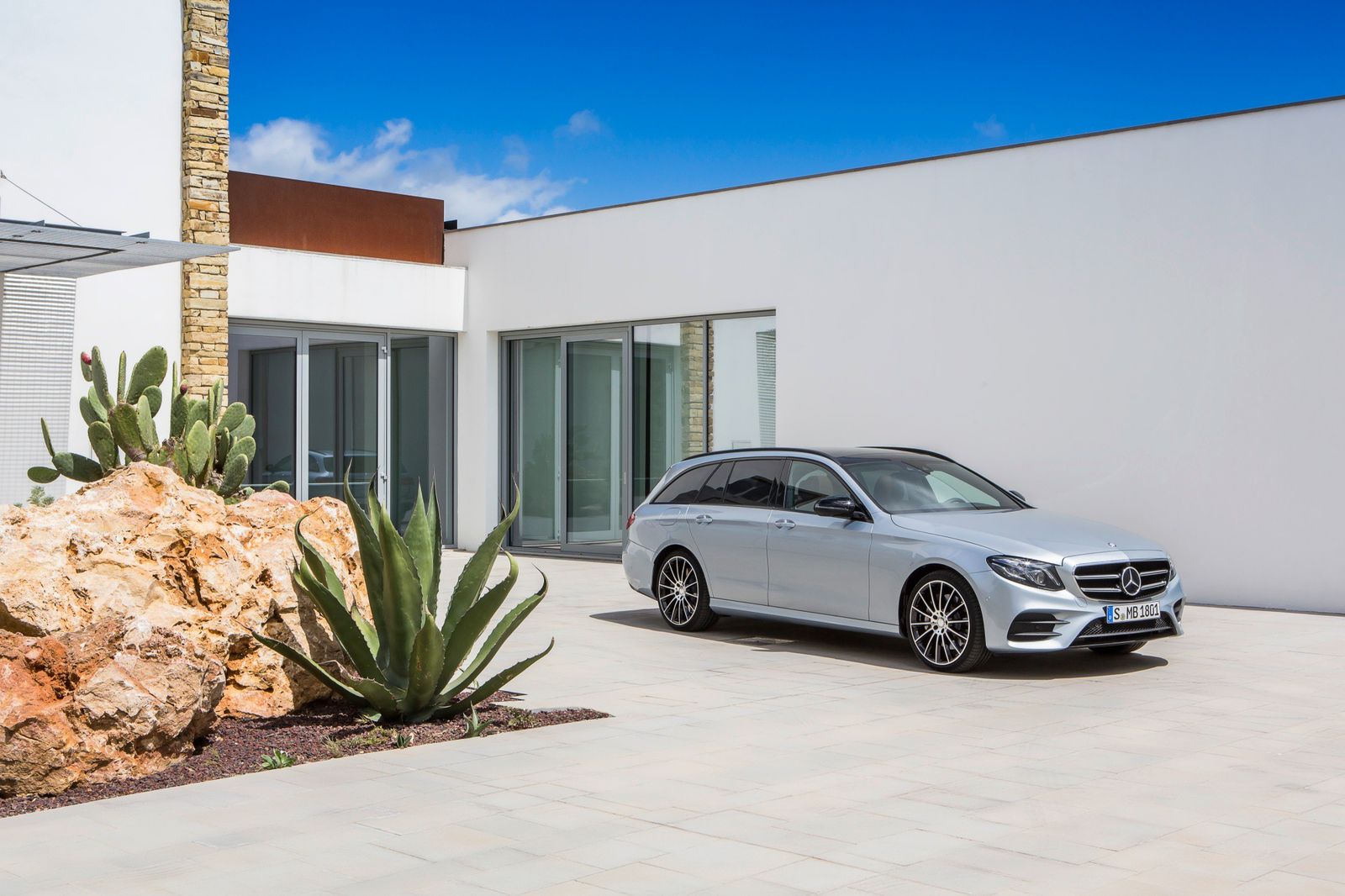
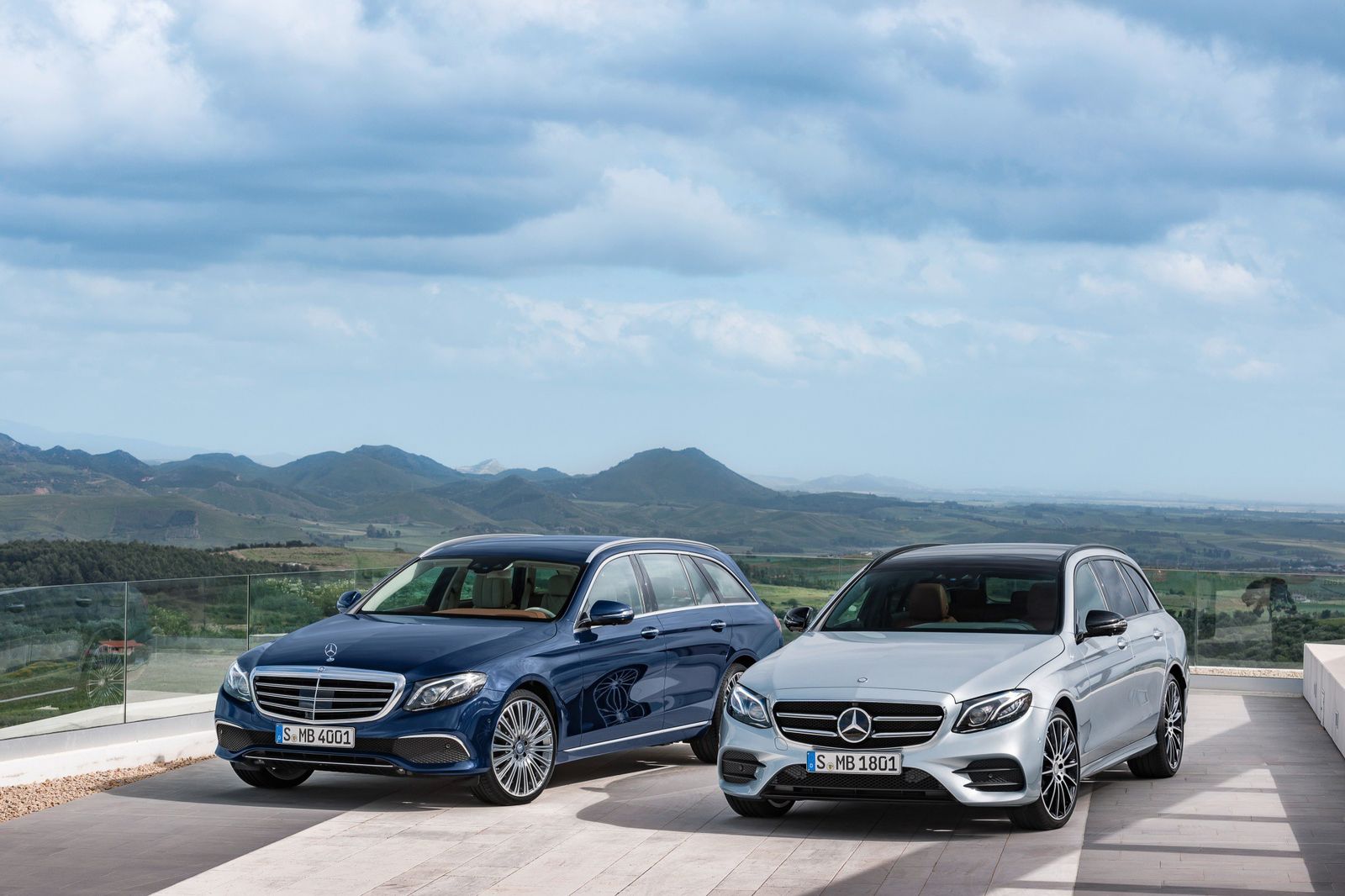
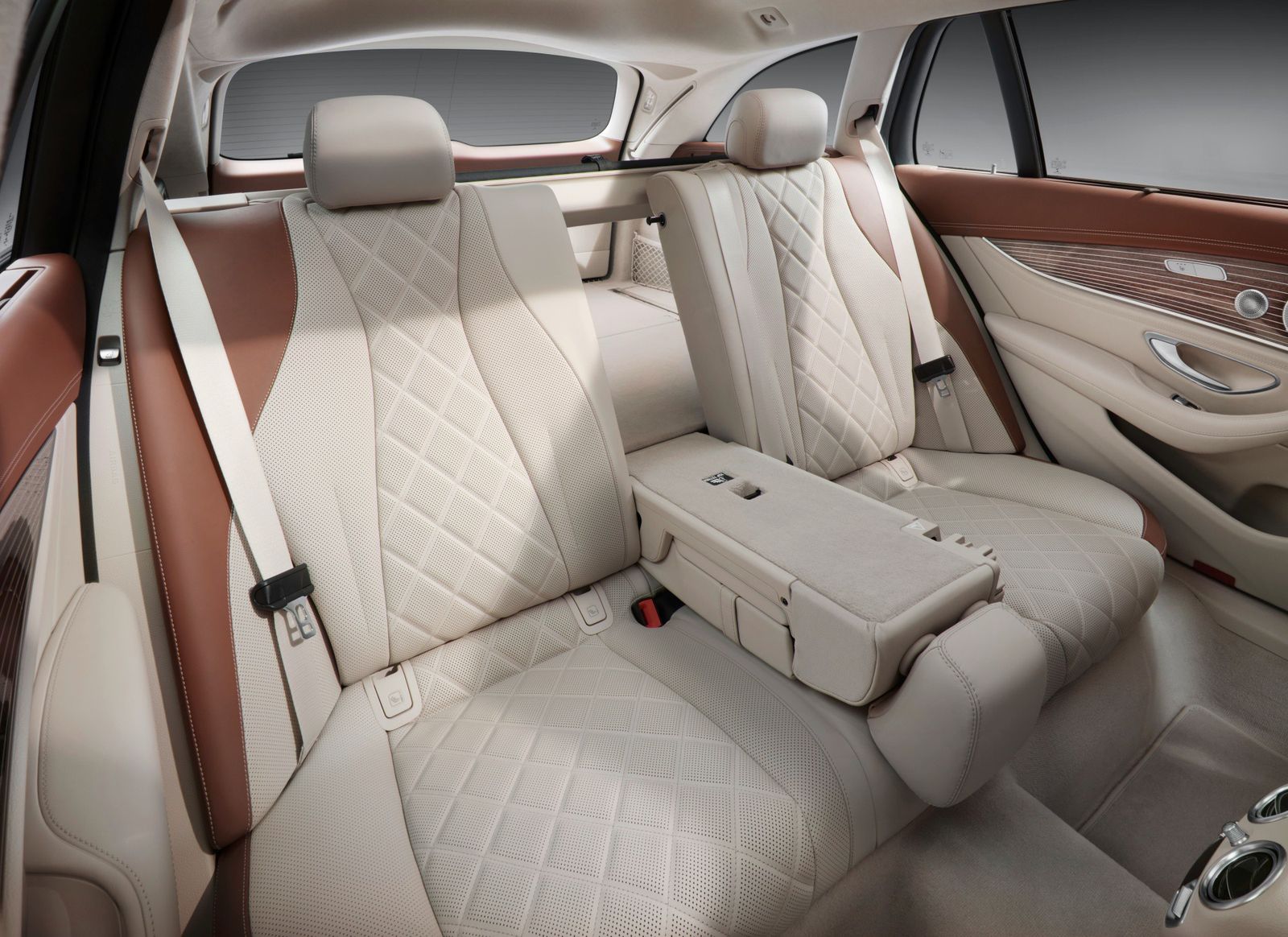

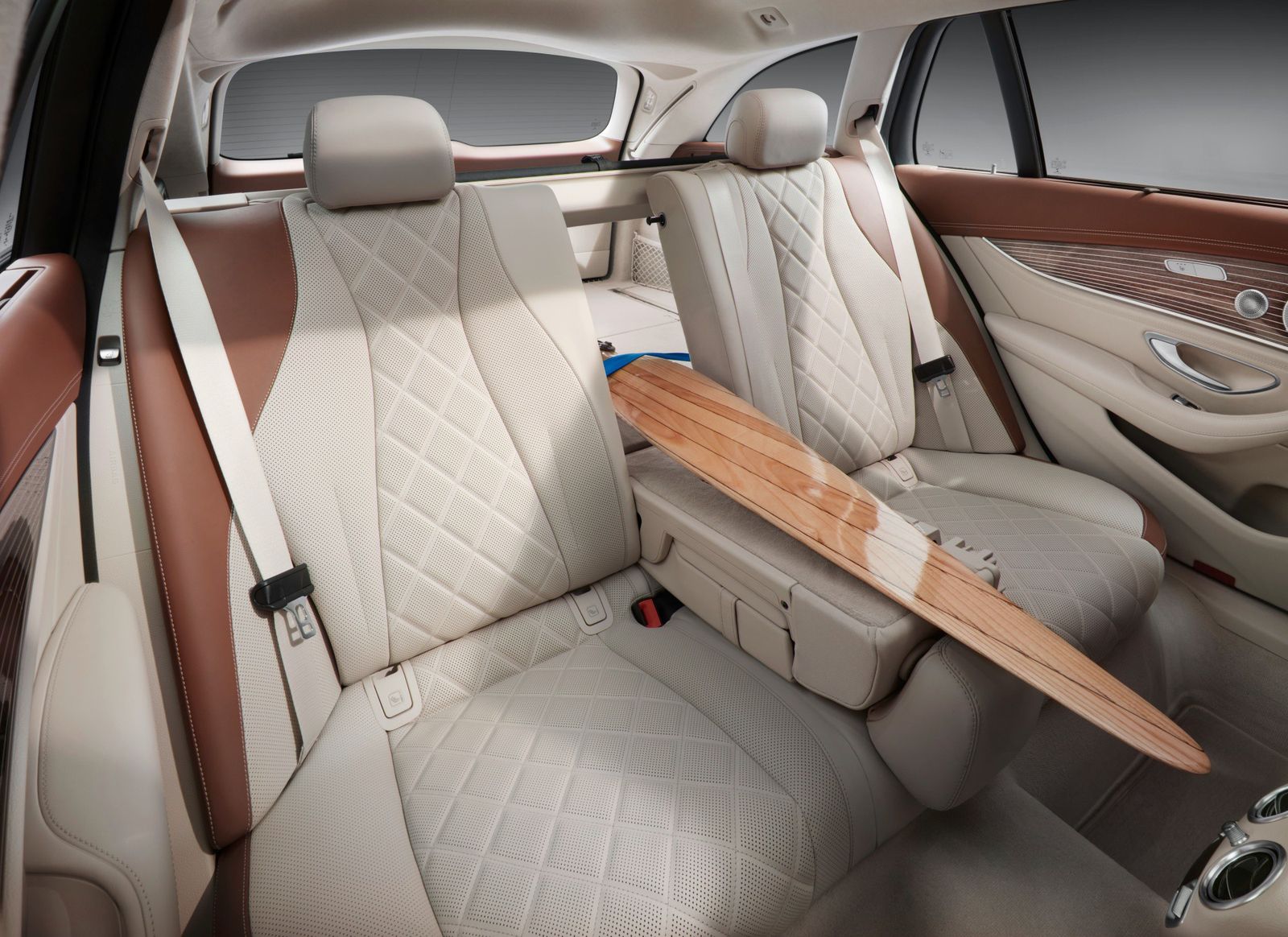

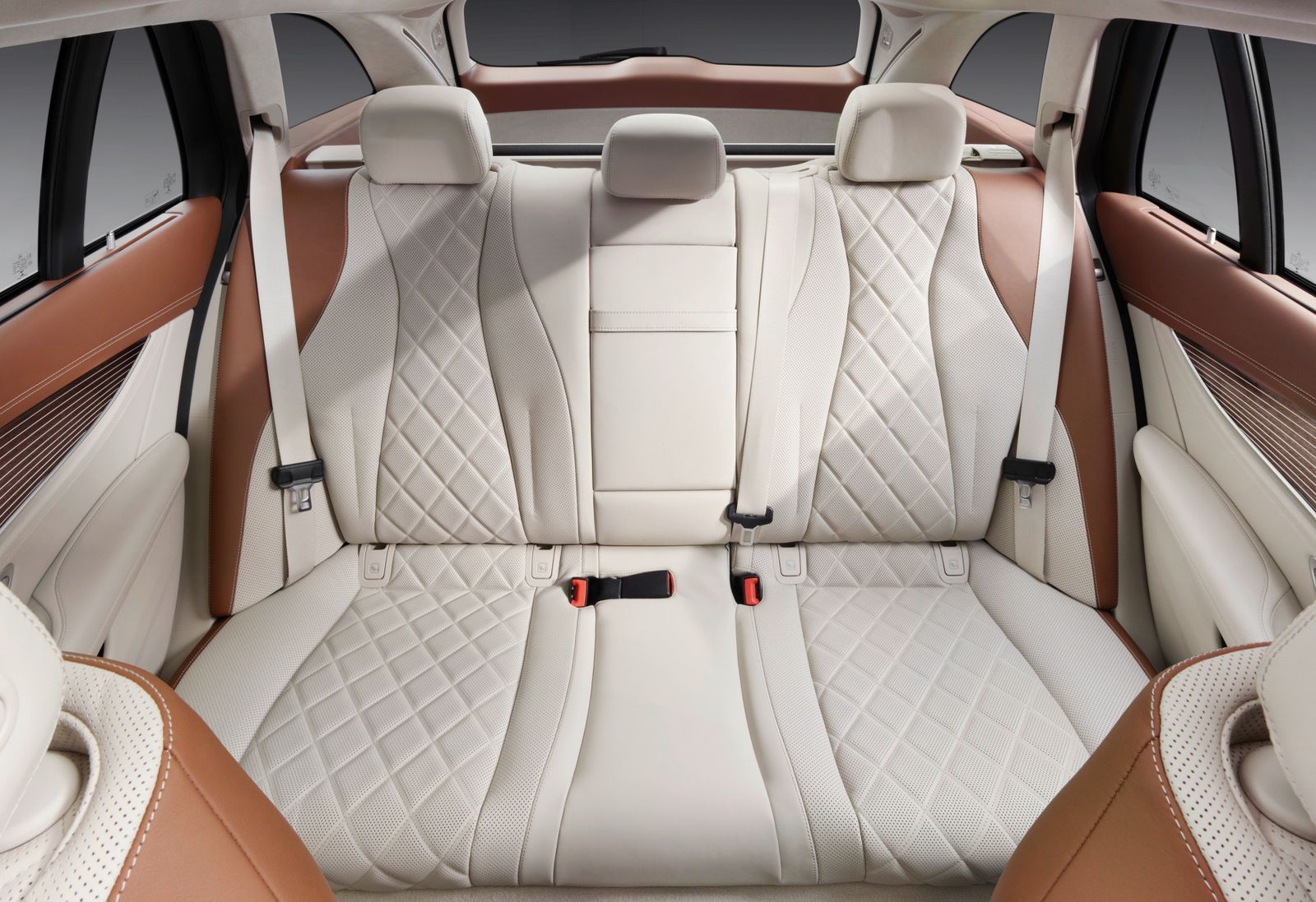
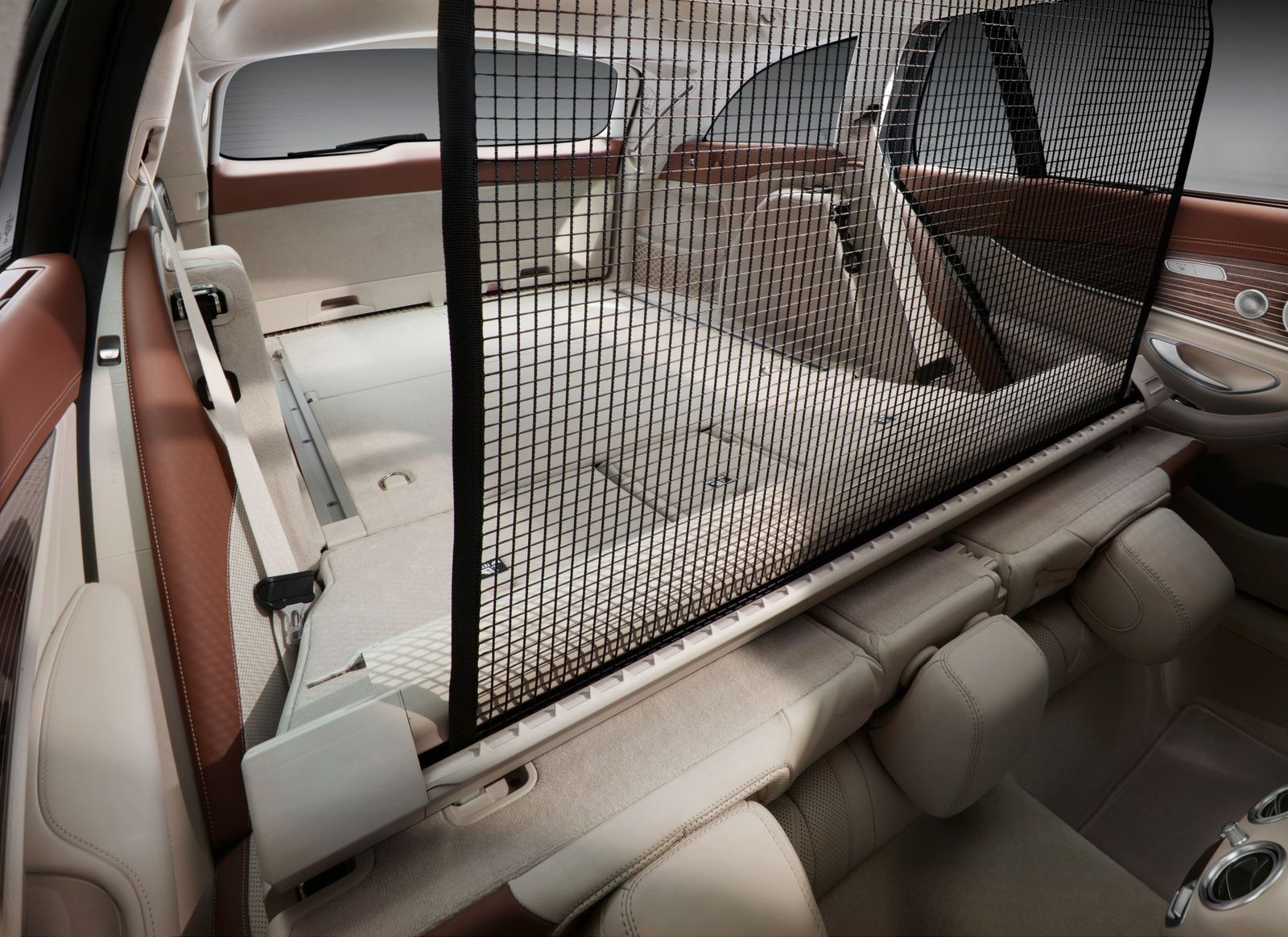

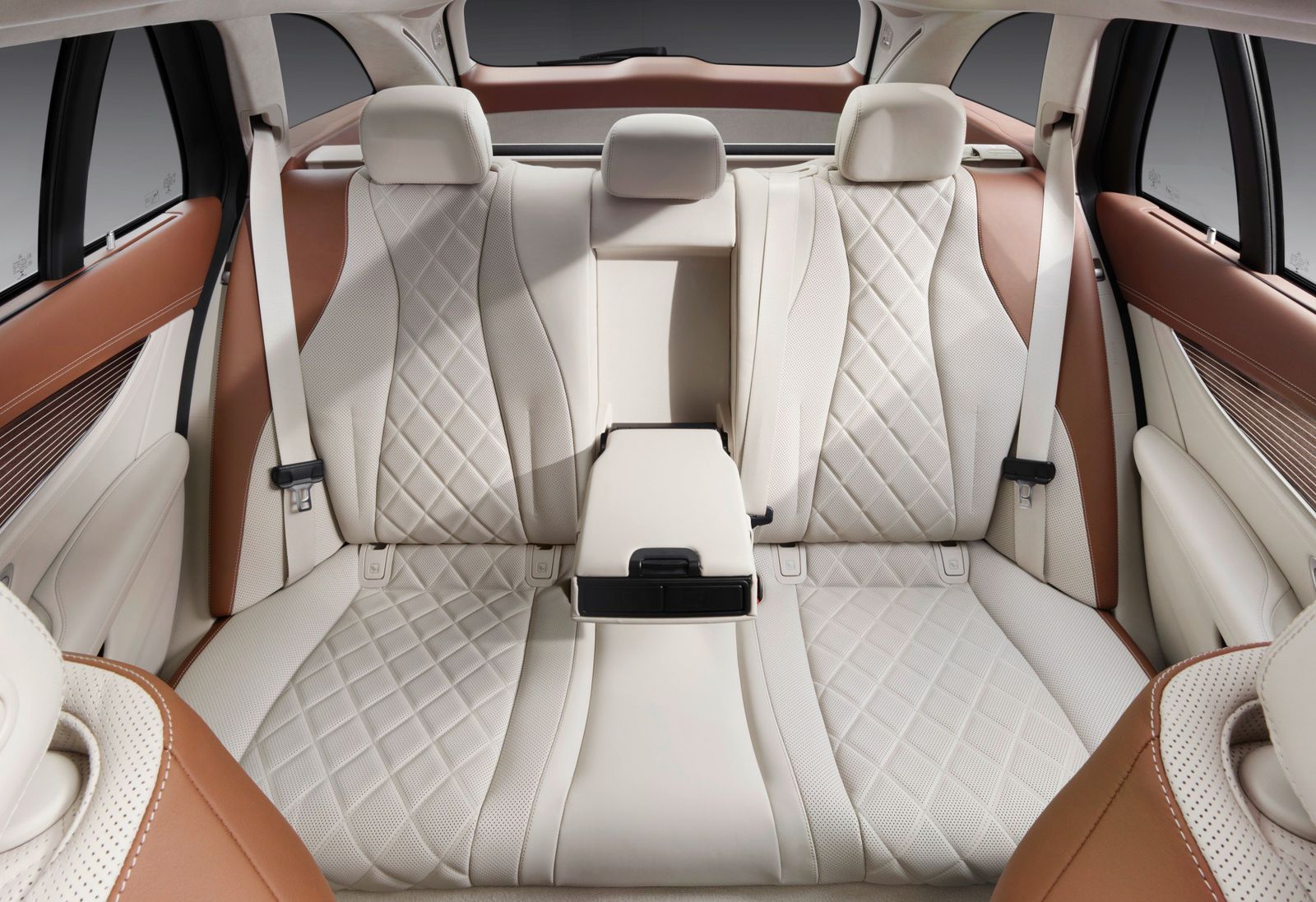
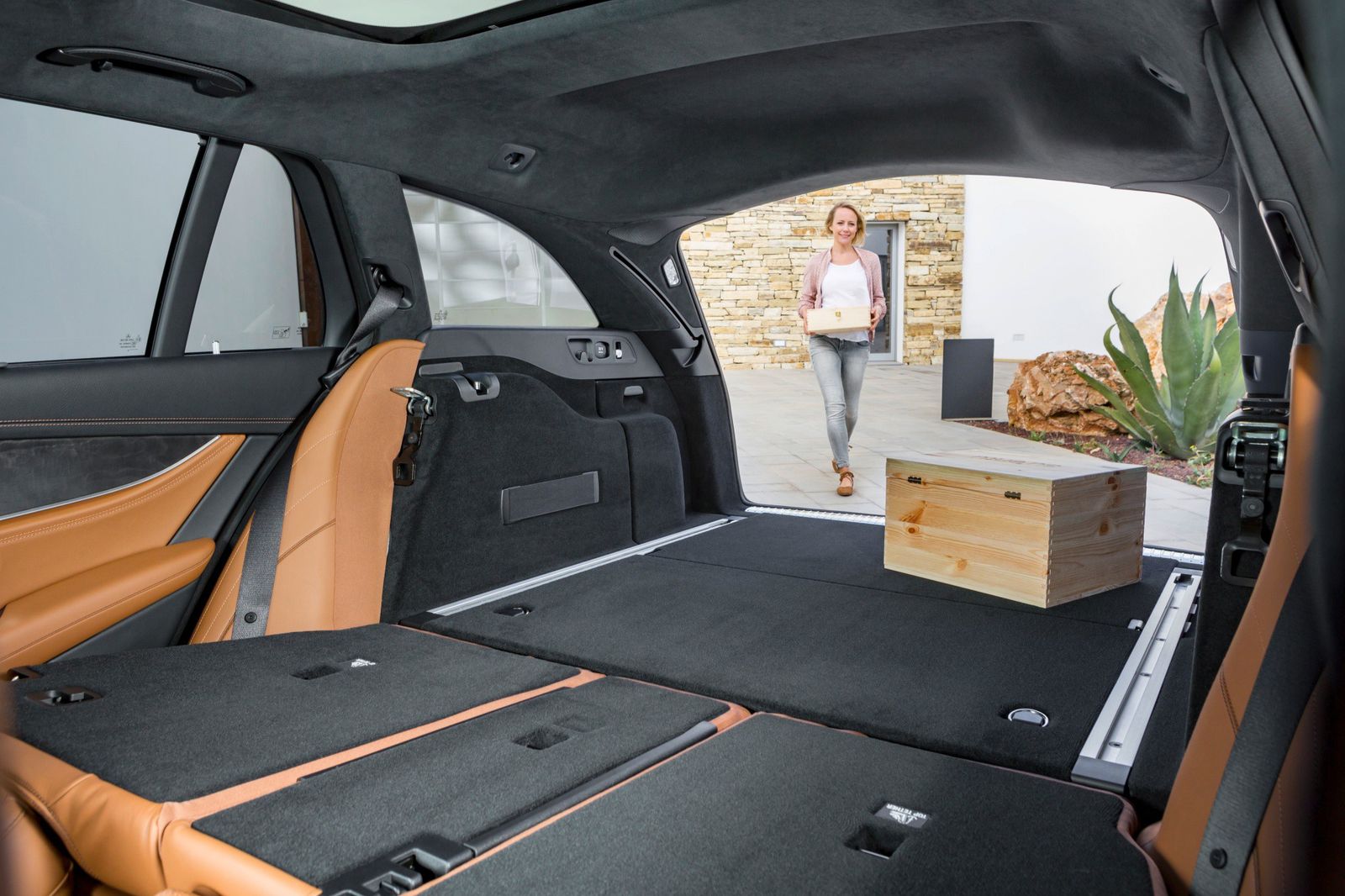
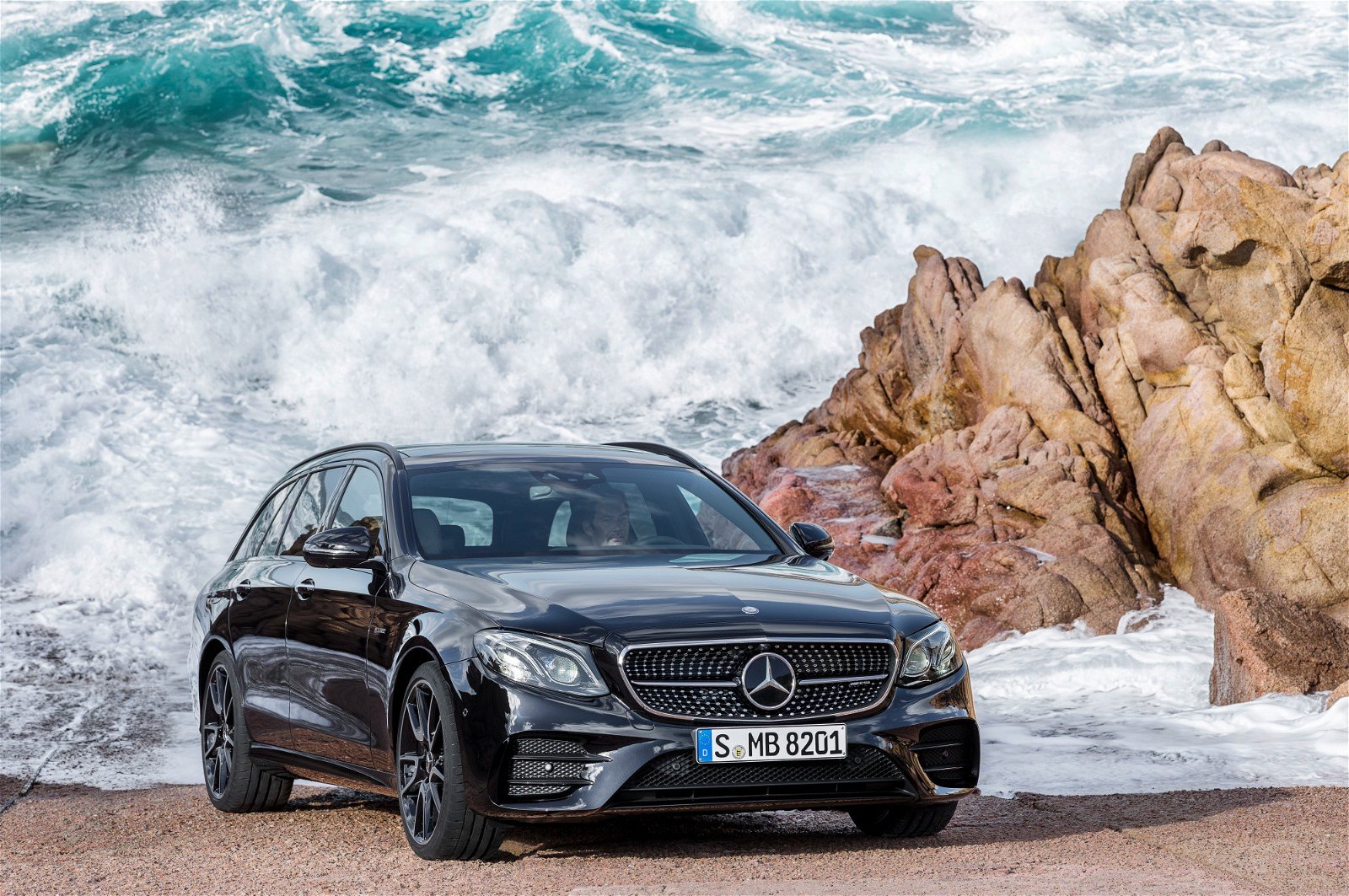
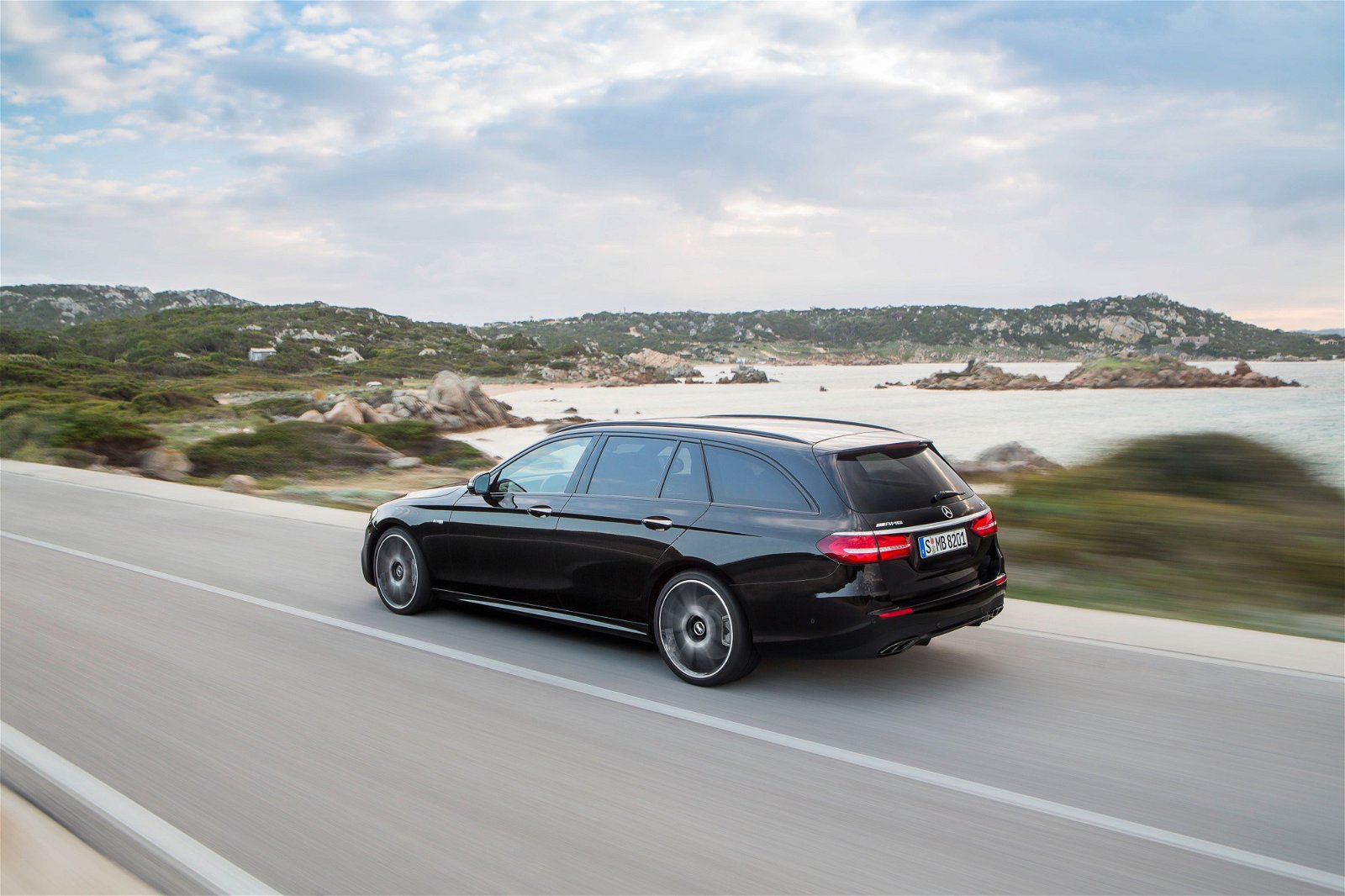
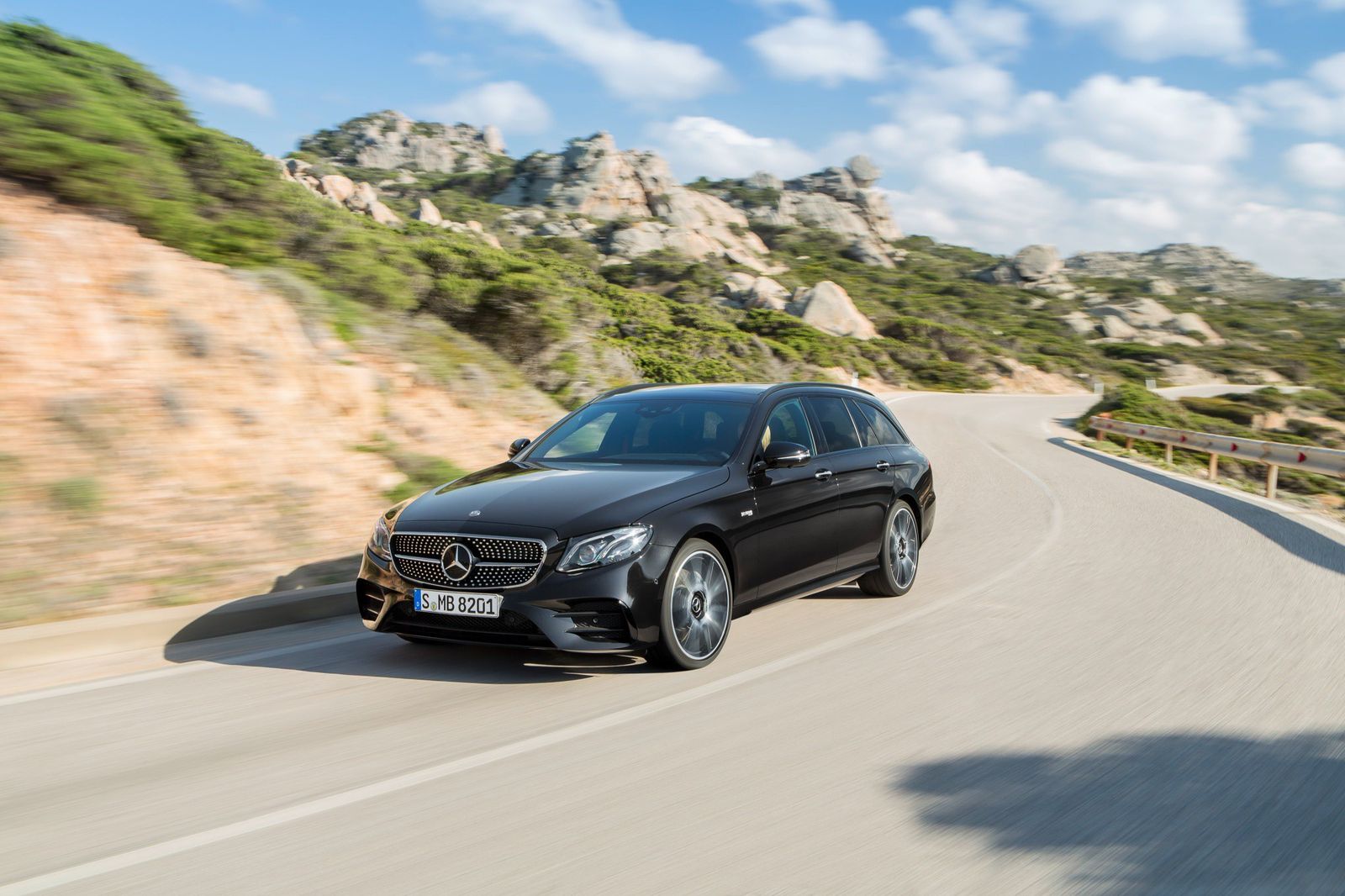
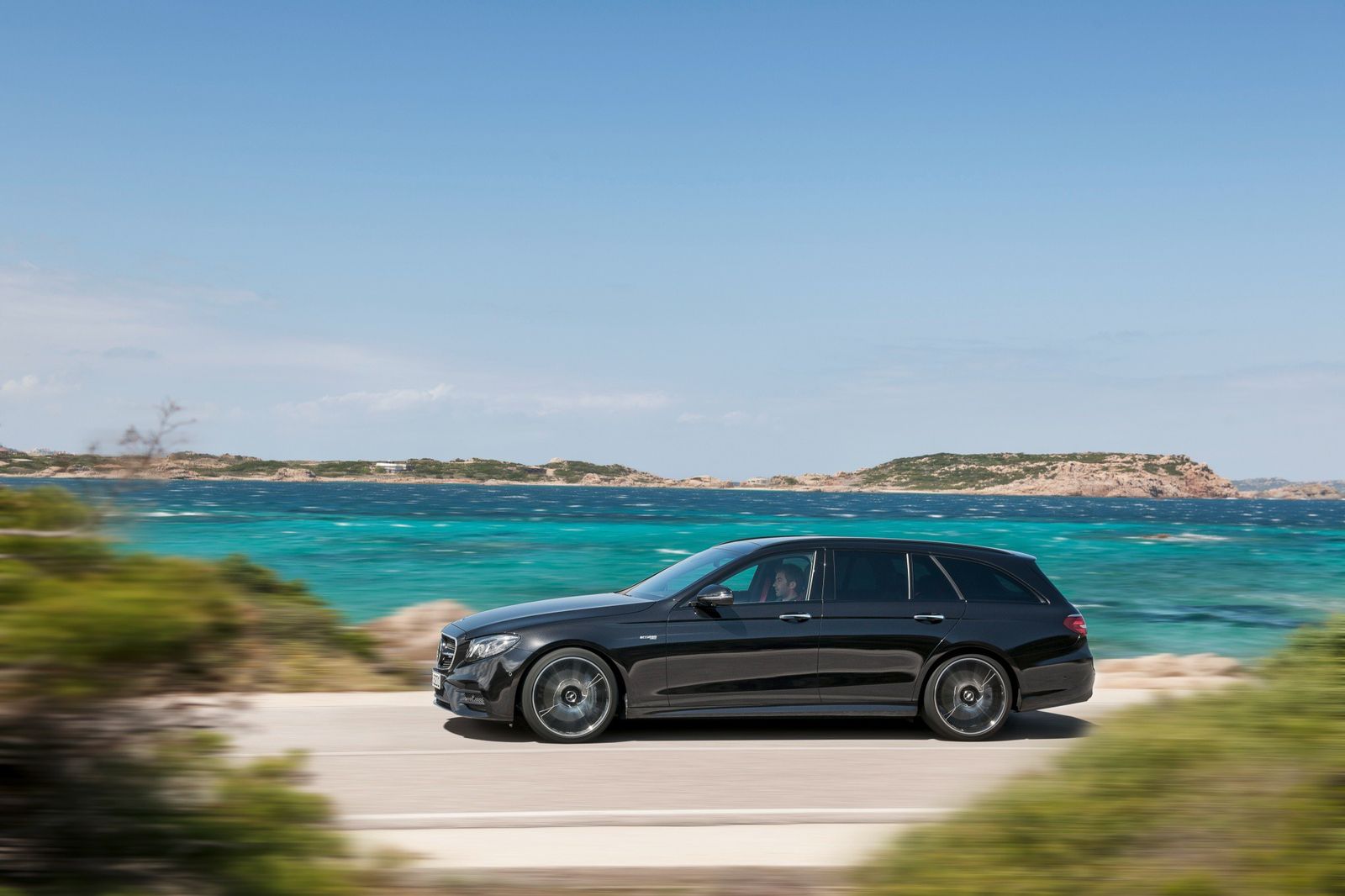

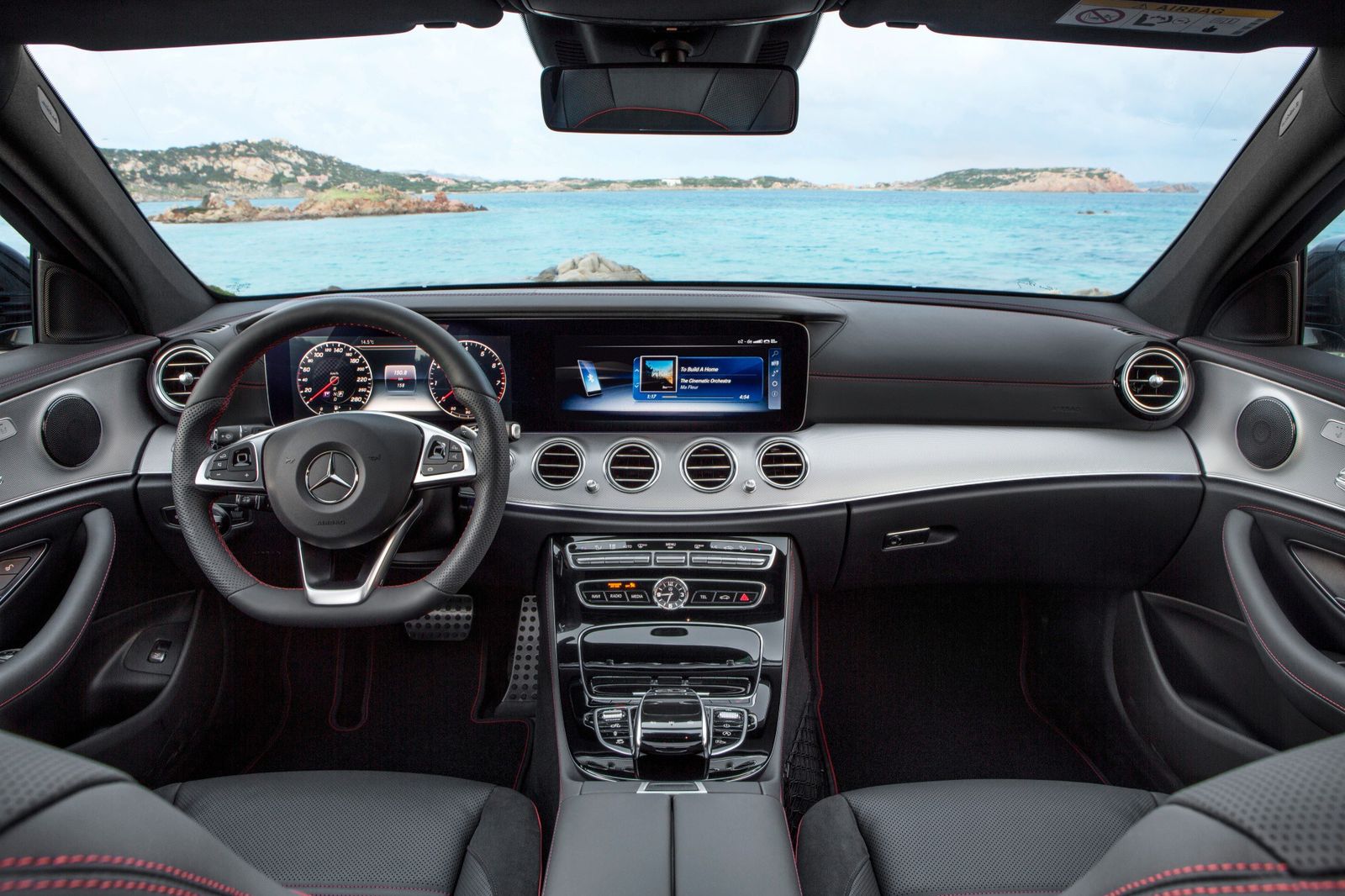

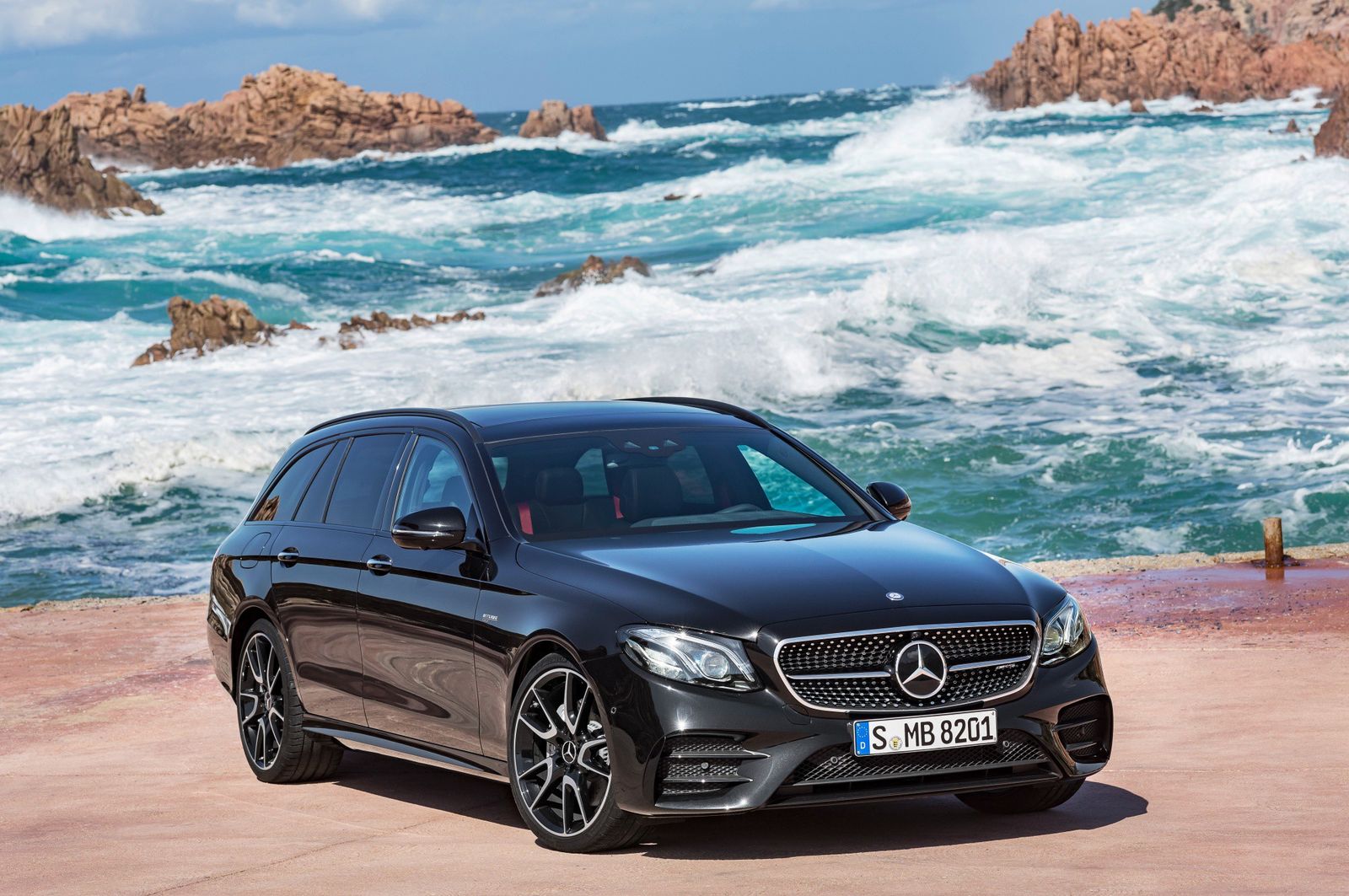


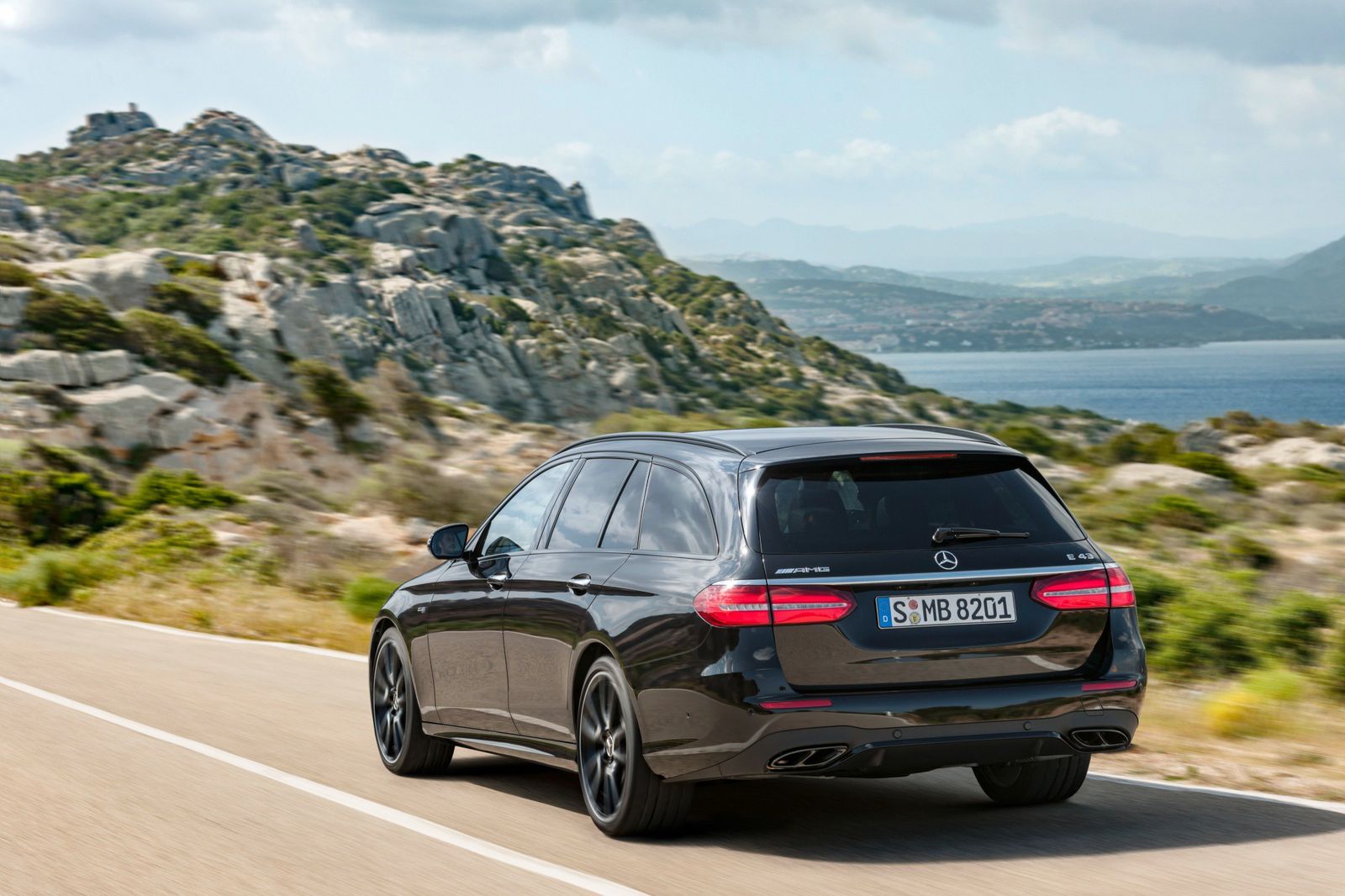
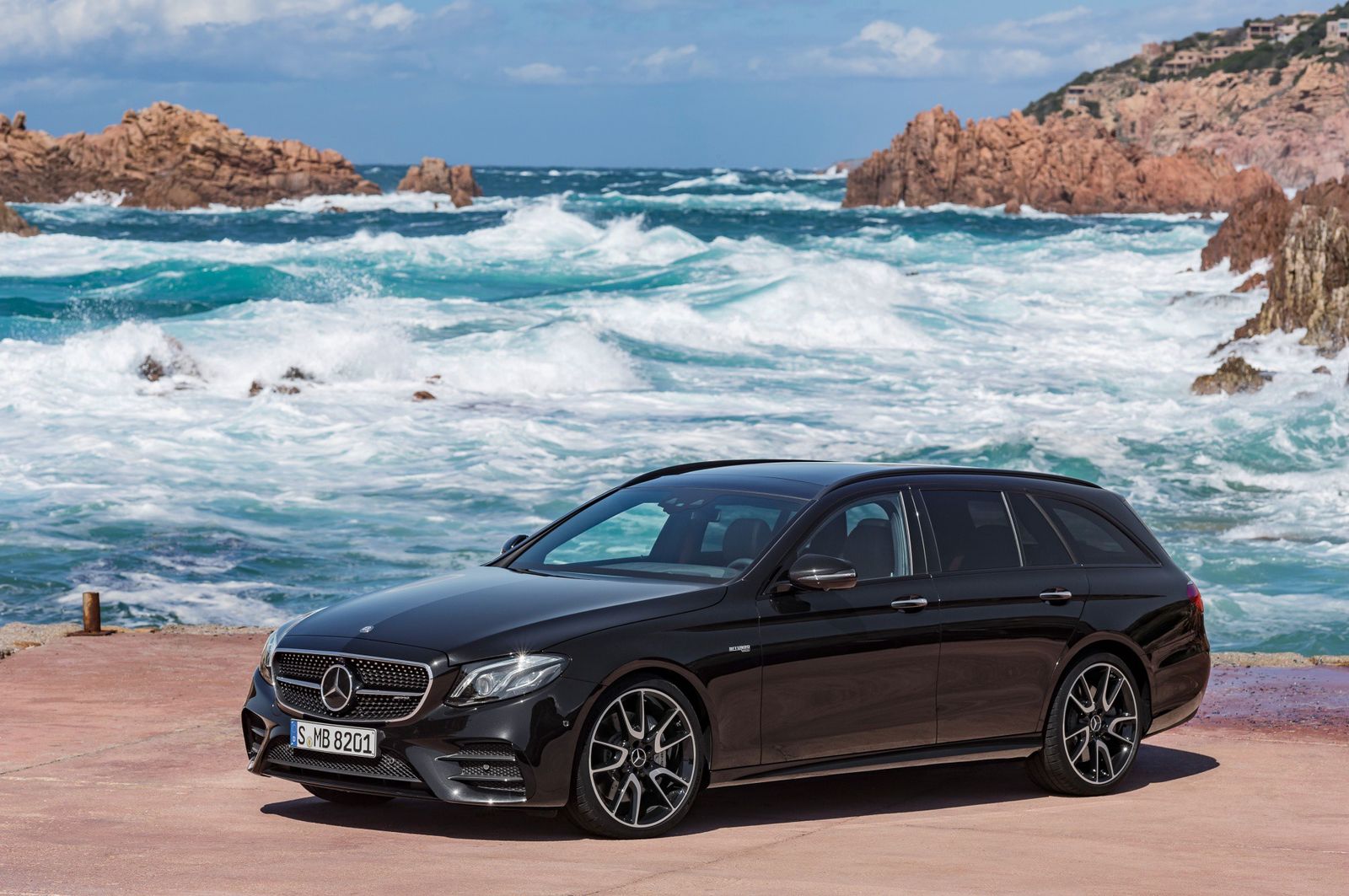

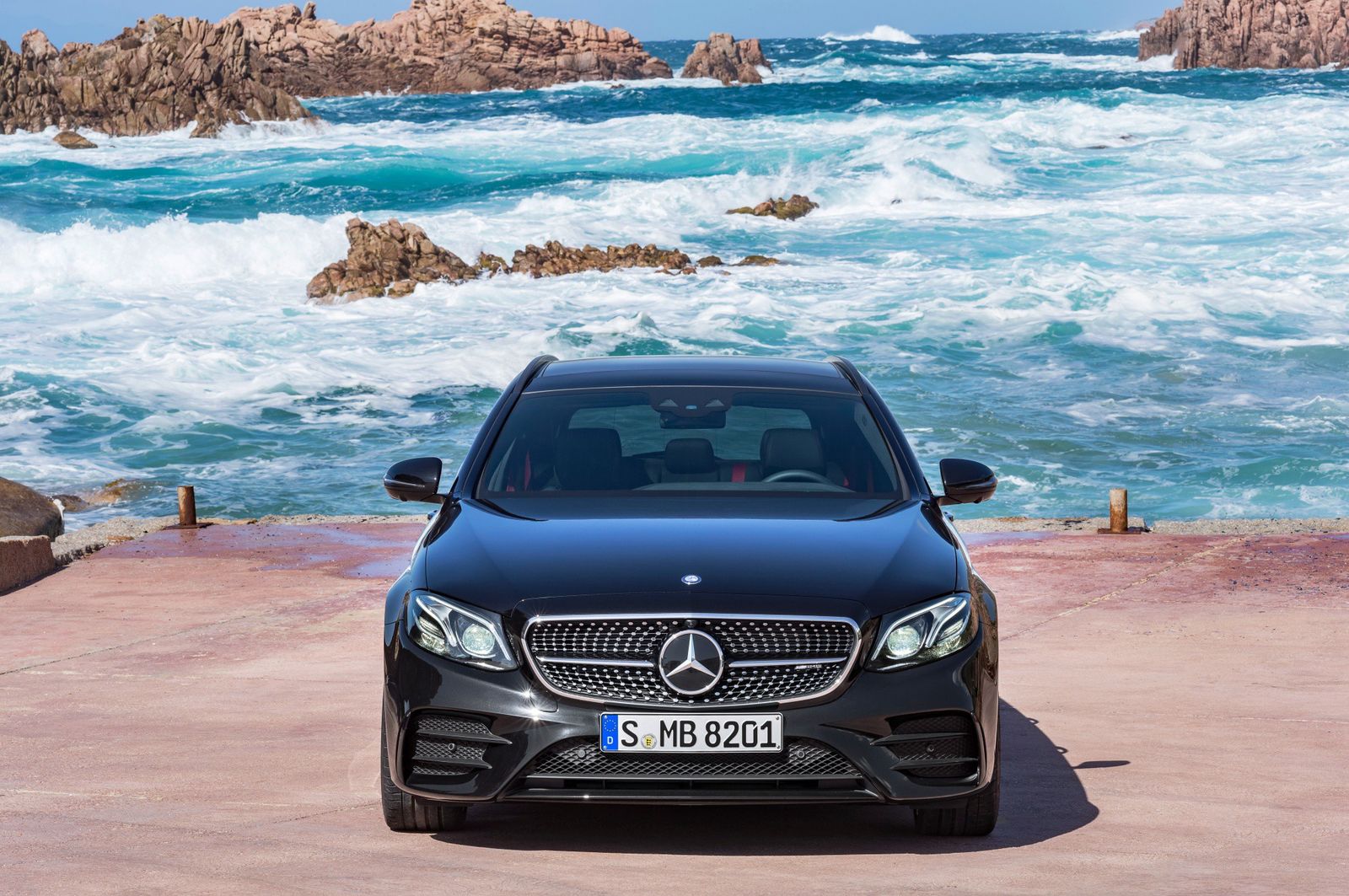


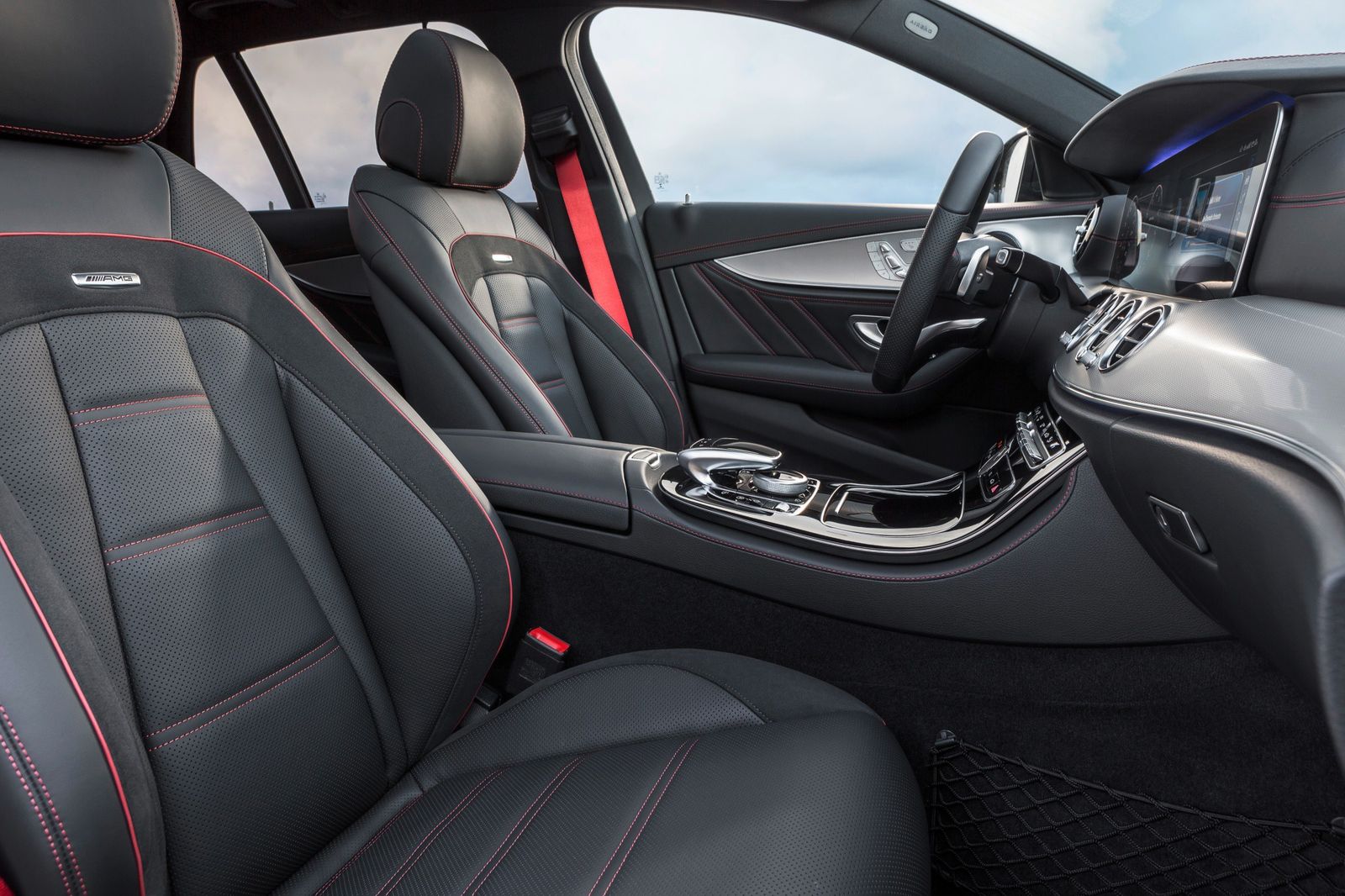
As always, the automaker's largest wagon boasts a huge cargo volume as well as best-in-class headroom and elbowroom at the rear. The boot can swallow 670 liters with all seats in place, but cargo volume increases to 1,820 liters when the rear seats are folded down. As a result, the E-Class remains the roomiest model in the premium segment and one of the few car models that can accommodate a Europallet. From late 2016, the Estate will again be available with a third, folding bench seat for children.
As standard, the backrest of the second-row bench seat can be positioned at an approximately 10 degree steeper angle, creating an additional 30 liters of cargo volume. The E-Class Estate offers plenty of potential configurations between transport capacity and seats thanks the 40:20:40-split folding rear seat backrest.
The new E-Class Estate shares the platform, engines, and technologies with the fifth-generation E-Class sedan. At launch, the engine lineup will include four gasoline units and three diesel units. The entry-level gasoline model is the E 200 powered by an 184 PS (181 hp) 2.0-liter turbocharged four-cylinder unit, followed by the E 250 with a 211 PS (208 hp) 2.0-liter turbo-four, and the E 400 4Matic powered by a 333 PS (328 hp) 3.5-liter twin-turbocharged V6 engine. For now, the range-topping gasoline model will be the Mercedes-AMG E 43 4Matic, motivated by a 401 PS (395 hp) 3.0-liter twin-turbocharged V6 unit.
The diesel lineup starts with the E 200 d that features an all-new 150 PS (148 hp) 2.0-liter four-cylinder turbo diesel and continues with the E 220 d powered by an evolution of the same engine delivering 194 PS (191 hp). The most powerful diesel unit is the E 350 d – a 3.0-liter V6 rated at 258 PS (254 hp). All engines get the new 9G-Tronic nine-speed automatic transmission as standard. The most fuel-efficient engines are the 2.0-liter diesel units, each averaging 4.2 l/100 km (56 mpg US) and 109 g/km of CO2. Unsurprisingly, the fastest is the E 43 4Matic, with a 0-100 km/h sprint of 4.7 seconds and an electronically-limited top speed of 250 km/h (155 mph).
There's nothing unexpected from a design point of view, as the E-Class Estate looks like a bigger C-Class Estate. As on the E-Class sedan, there are two different available front ends: one sporting the classic Mercedes radiator grille with the star on the engine hood, and another featuring a sports radiator grille with the star in the center.
The all-new E-Class Estate will arrive in Europe by the end of 2016 and in the United States in early 2017 – first as the E 400 4Matic with 329 hp and later on as an AMG model.
